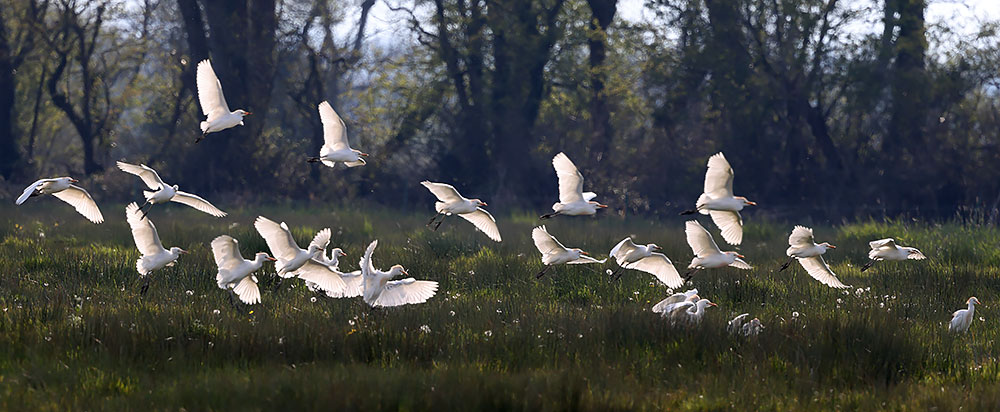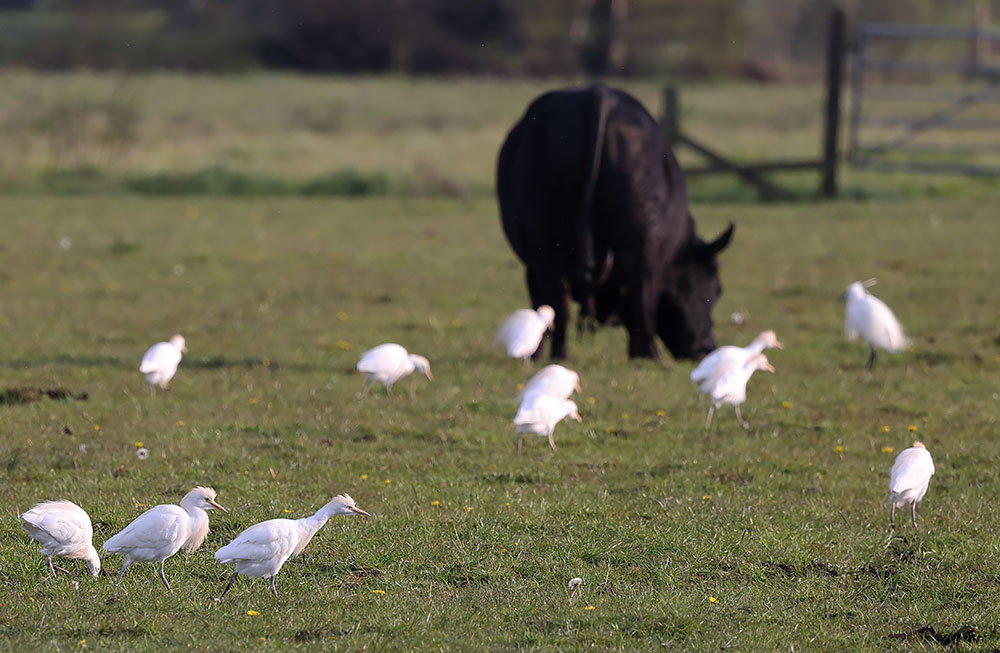May 2021
31st. Ham Wall. The weather has become decent with temperatures >20C at last. Cuckoo (heard), 2 kingfisher sightings, hobby, photos of little egret and bittern below.
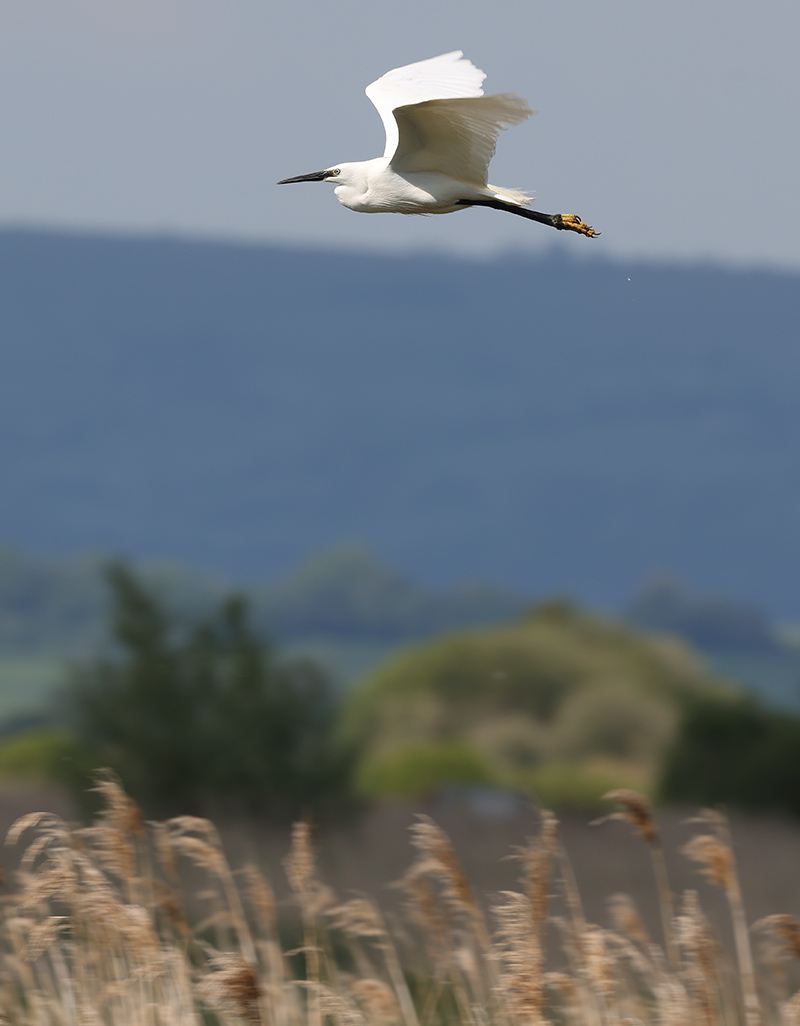
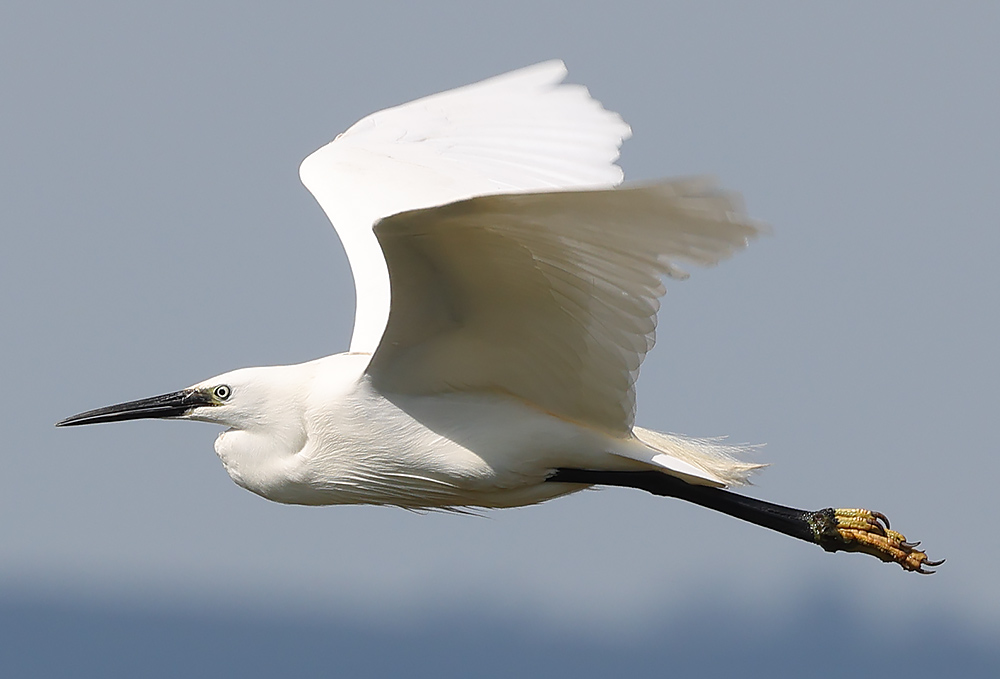
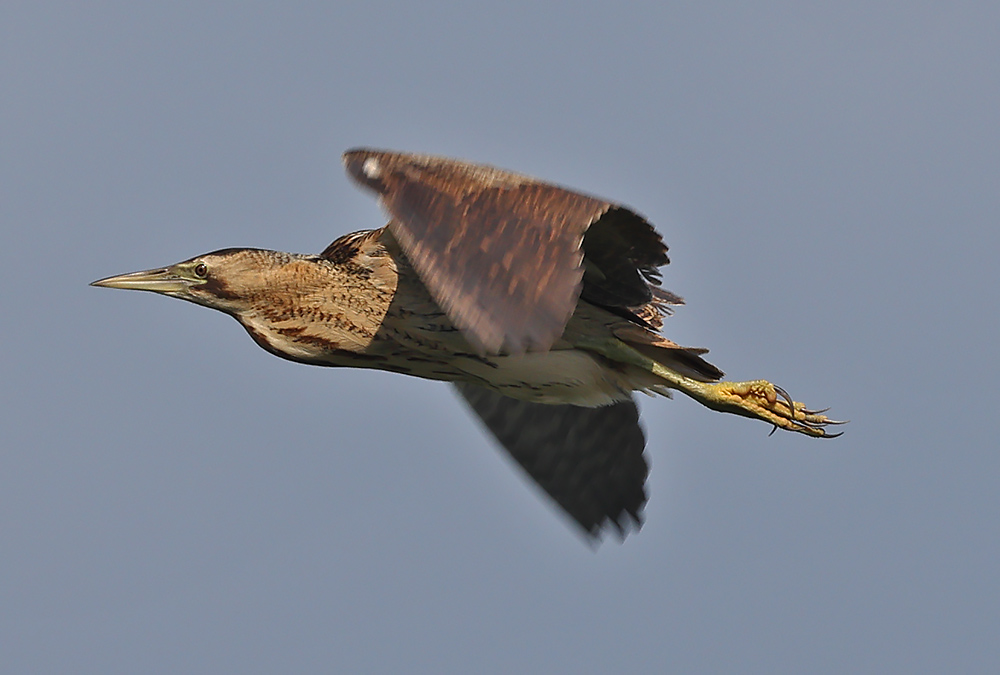
26th. Cycled to Marazion and back. Three black-tailed godwits on Hayle Estuary, c90 sanderling Marazion. In the evening an amazing blood supermoon rose over Porthkidney beach directly opposite my bedroom window!
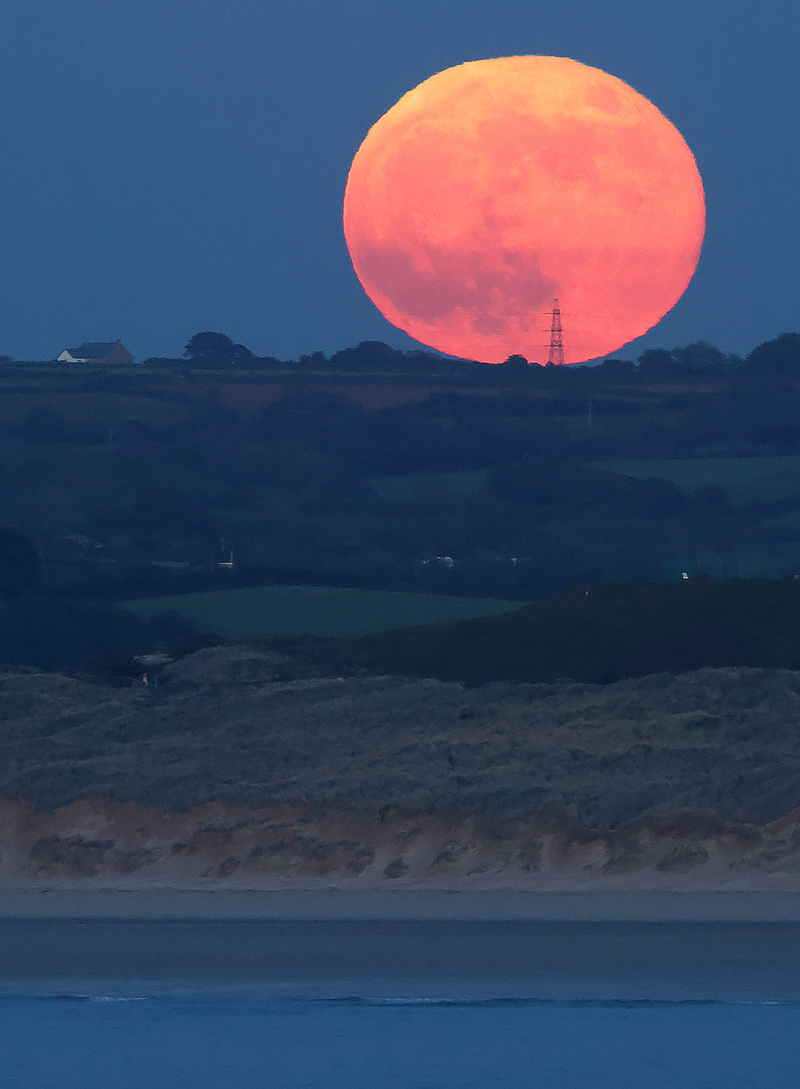
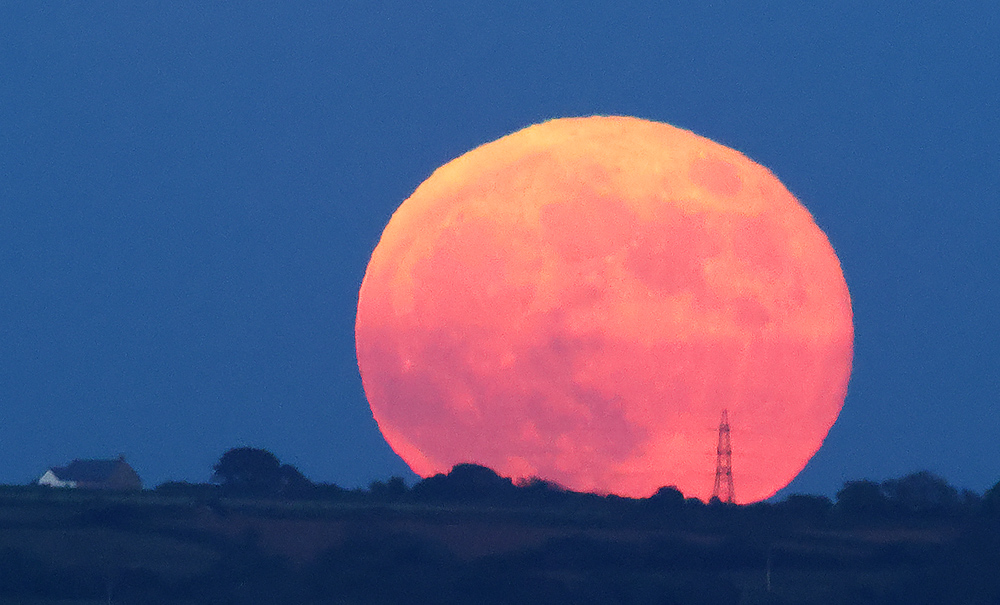
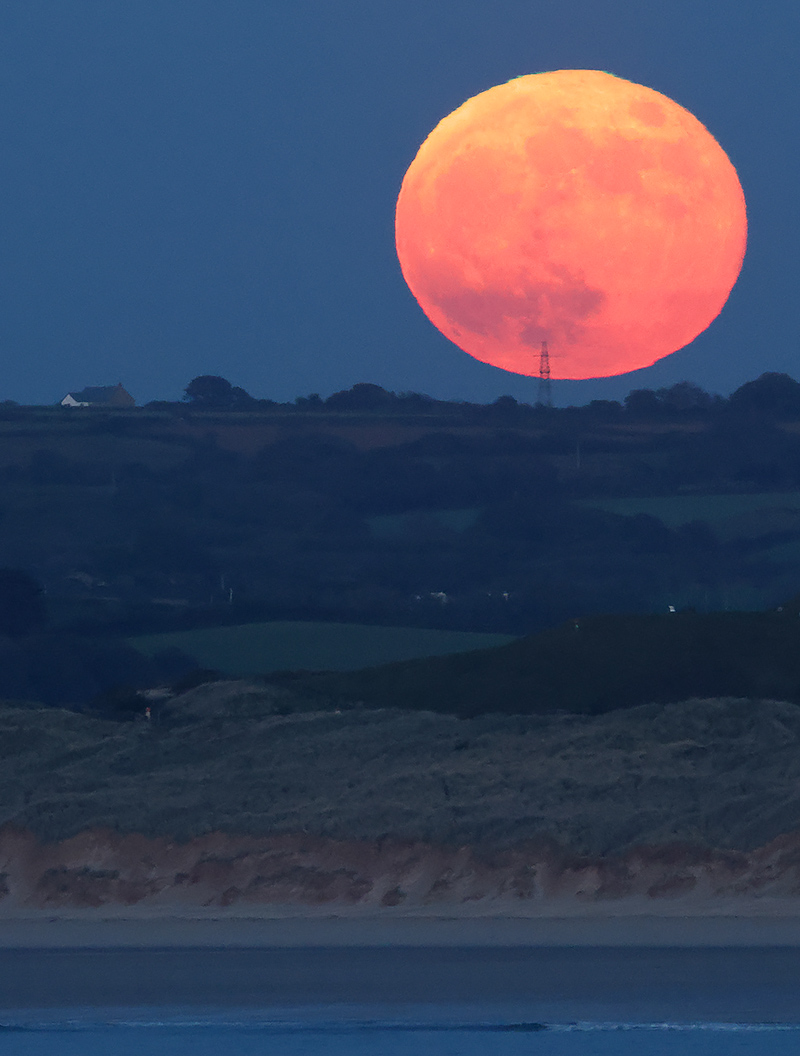
24th. Sea watching off the Island, St Ives in a strong NW wind. Great northern diver in winter plumage and a mystery skua. The short bi-coloured bill, white in outer primaries and barred upper tail coverts all fit with it being a long-tailed skua, perhaps a third calendar year (thanks Rob van Bemmelen and Rueben Veal for advice). Probably can't rule out Arctic skua however. Birds of this age are rarely seen in British waters, mainly spending time in the Southern Hemisphere. Rubbish photo below. Postcript Sept 2022: Mike Langman states 'It's an Arctic Skua. Despite being an immature bird (barred rump in May would point to that) it is nearly in adult stage plumage (I would probably agree with 3rd cal year - but without seeing the underwing coverts wouldn't commit). However the deciding factor is the white in the under primaries - no LTS of that age would show white there - and there's quite a lot of it too. The assumed bi-coloured bill is not a feature of Long-tailed or Arctic after the 2nd year - personally I think its the pale feather spot at the base of the bill shown by all adult or near adult pale phase Arctic Skuas. The wing shape is wrong for LTS they have a longer, thinner more pointed hand to the wing'.
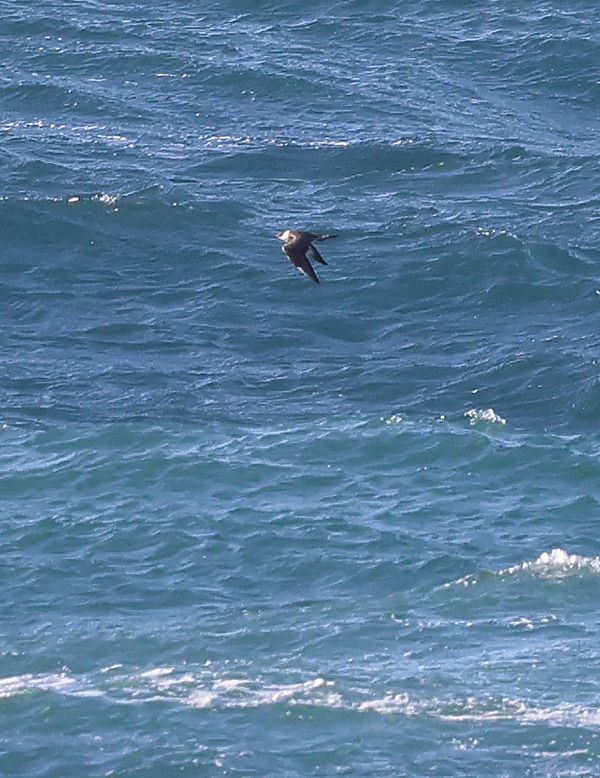
23rd. Great work by Bristol City Council at Ashton Court. Large areas have been fenced off to protect skylarks and green-winged orchids, and the orchid meadow is spectacular.
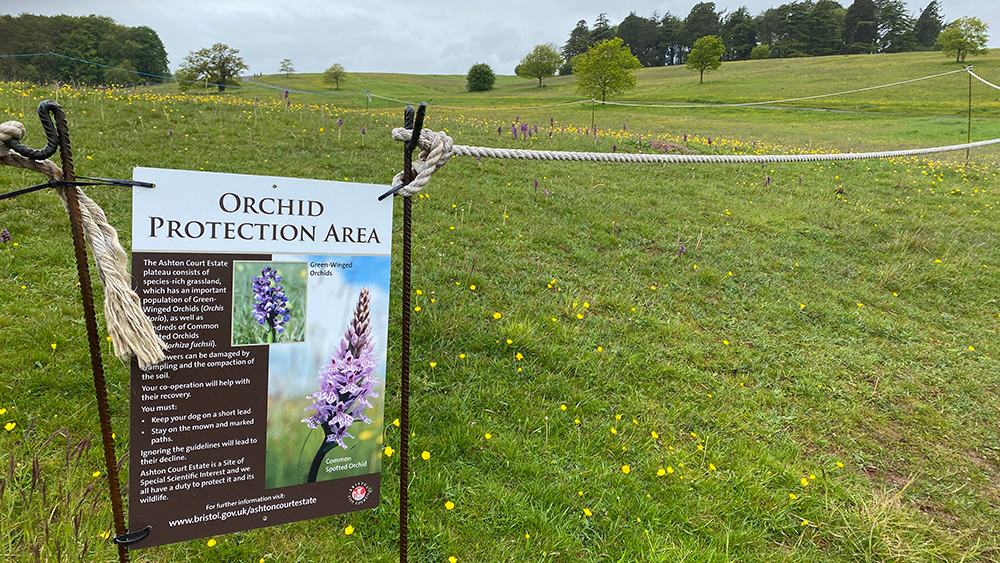
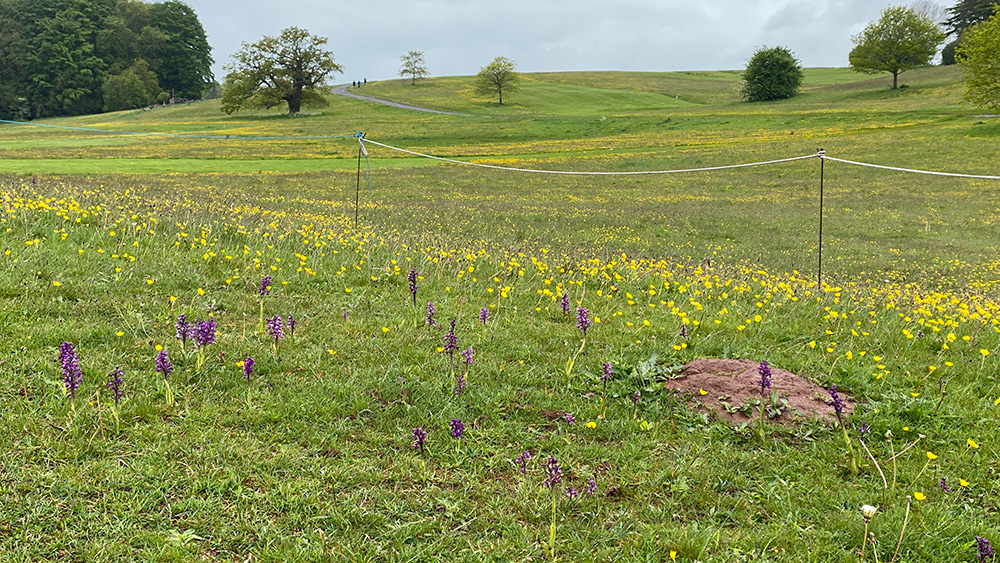
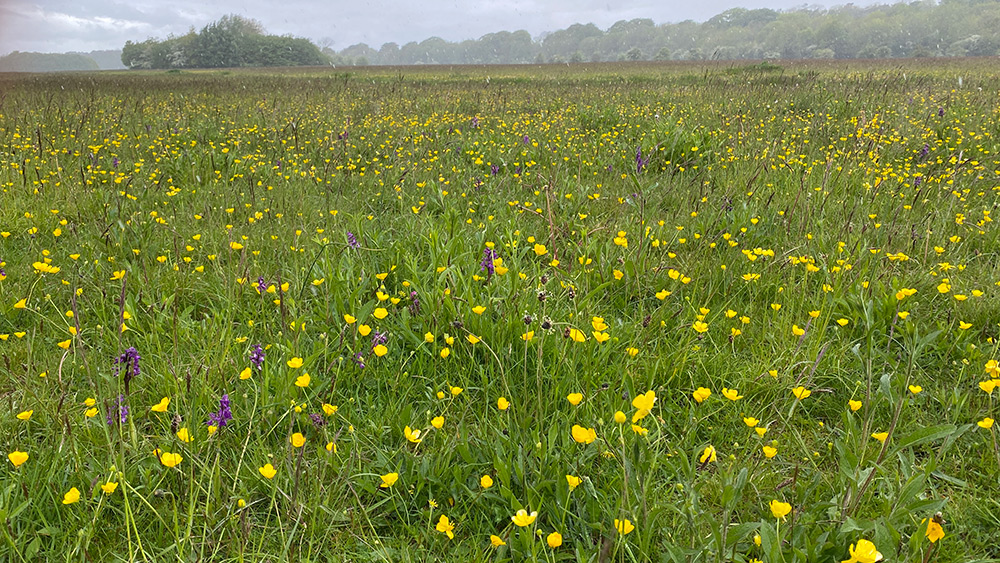
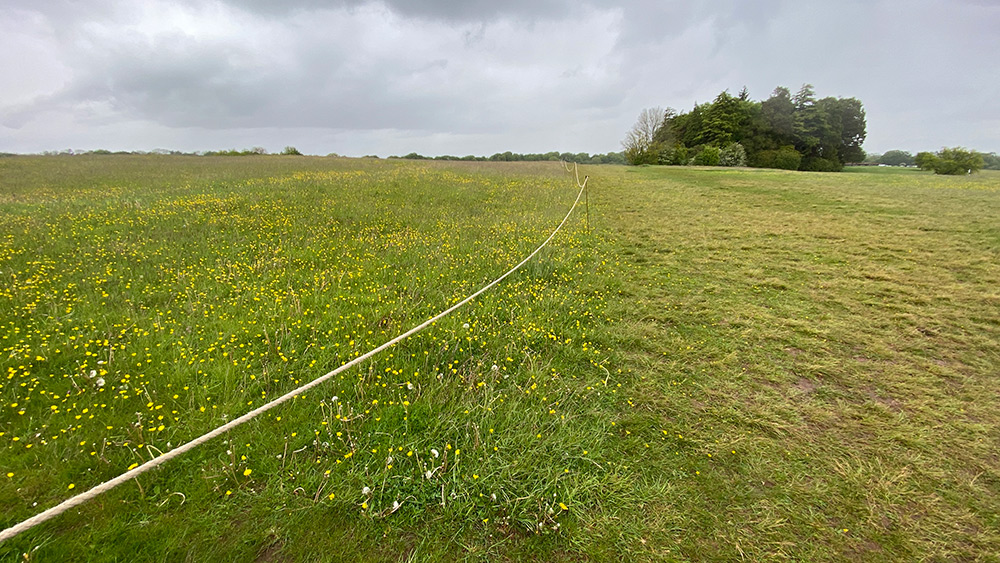
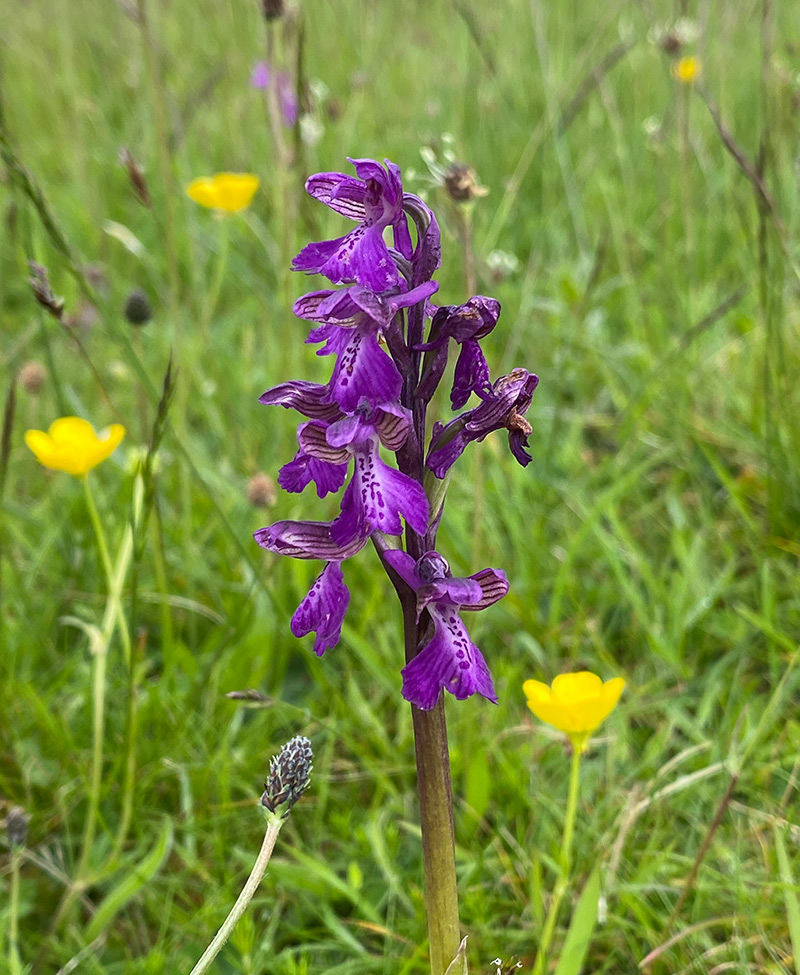
22nd. Nagshead RSPB, Forest of Dean. Pairs of spotted flycatchers and pied flycatchers, male redstart and a tree creeper. No wood warblers, a species that has declined catastrophically since the 1990s.
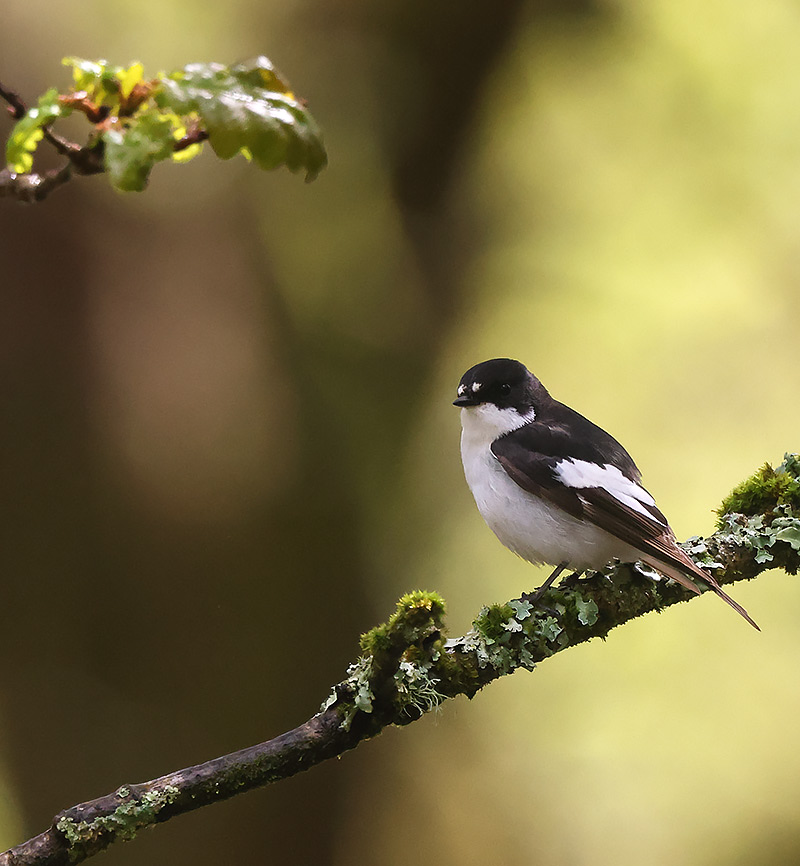
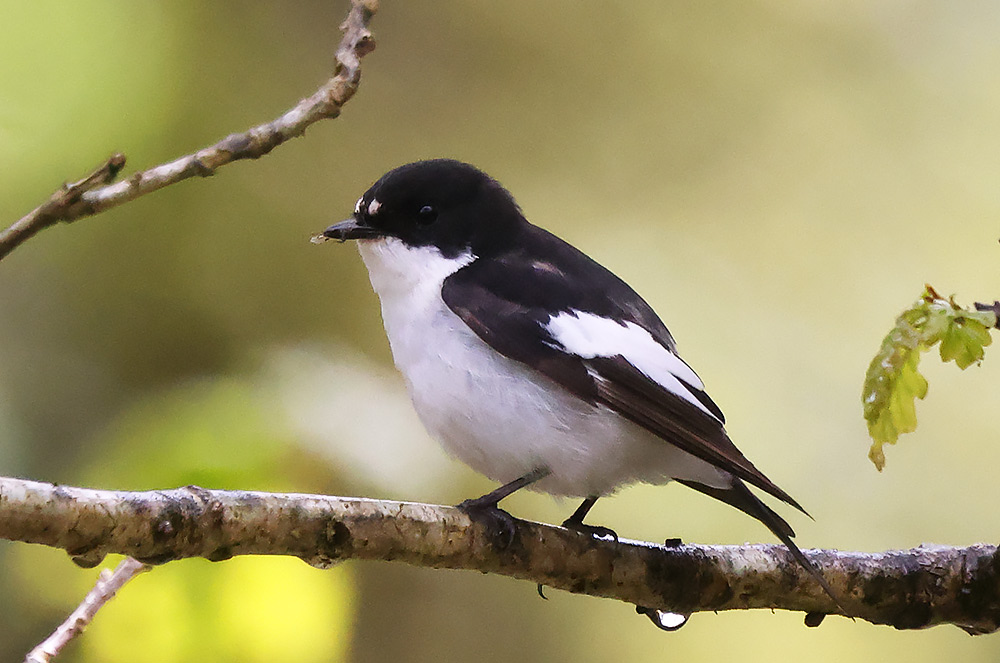
19th. Back to see the peregrines in the Avon Gorge. Three birds at one stage (2 females). The last two photos were taken in the evening when the bird was lit but the background was not.
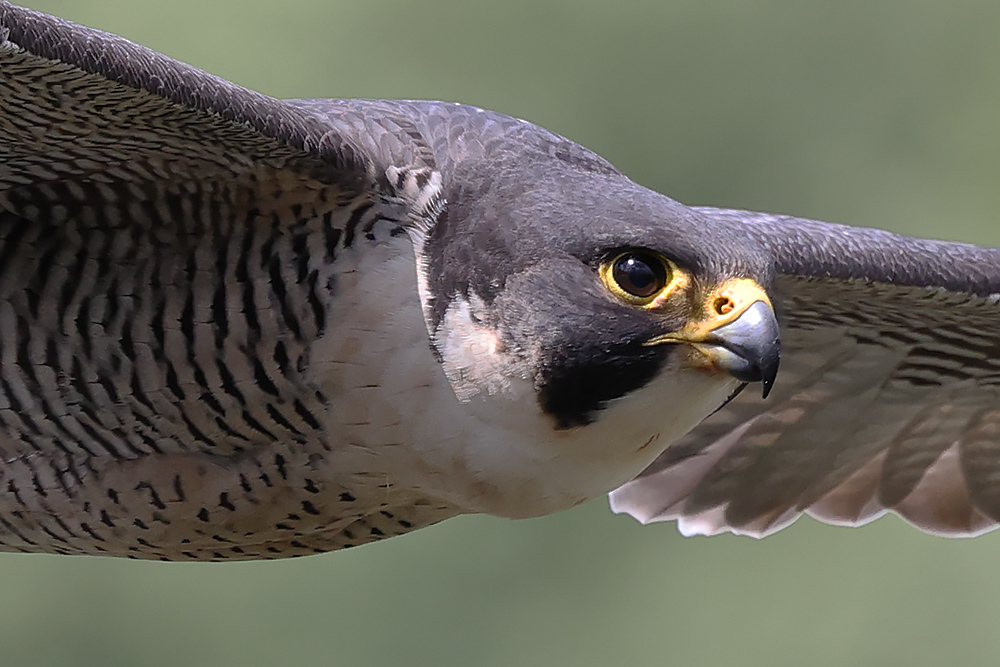
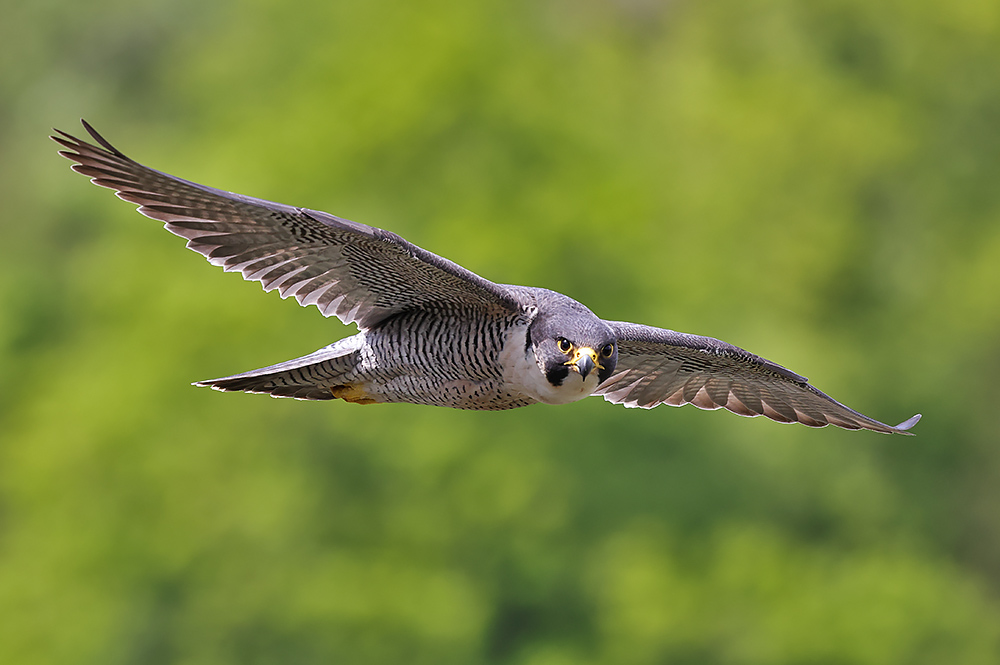
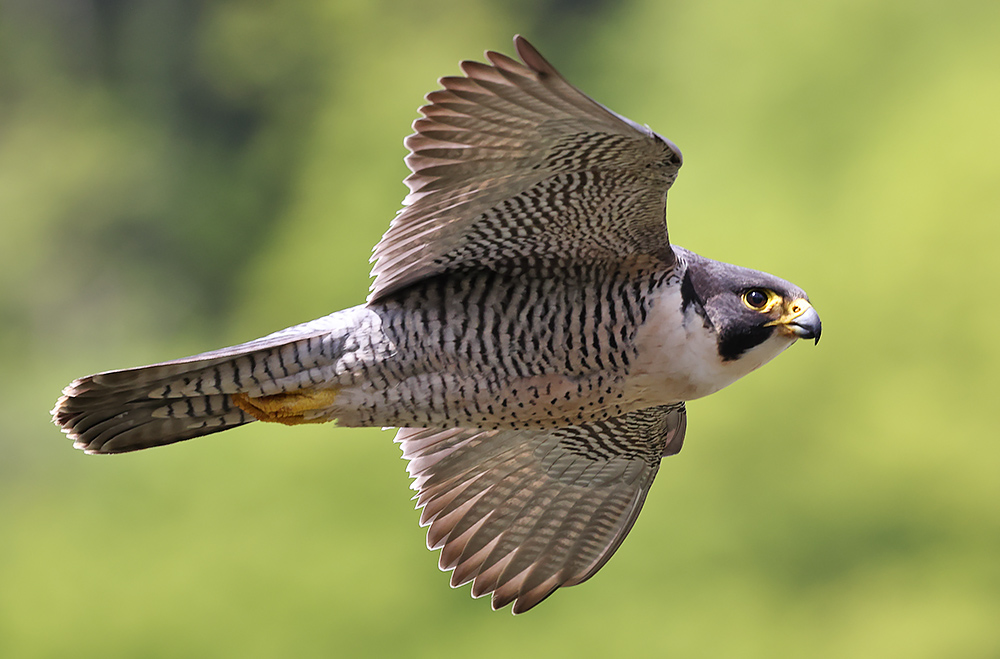
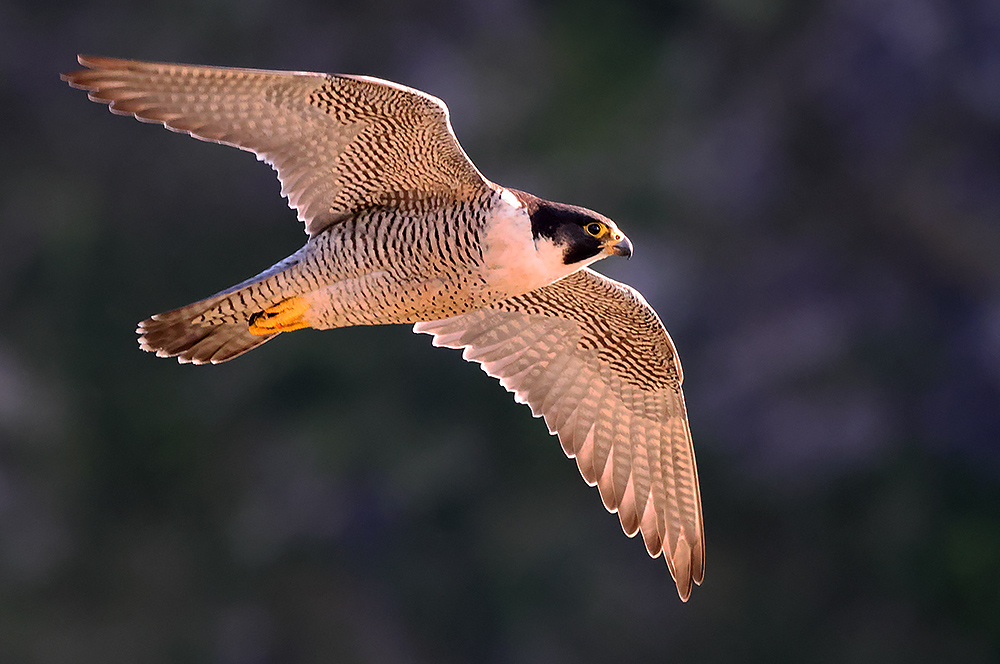
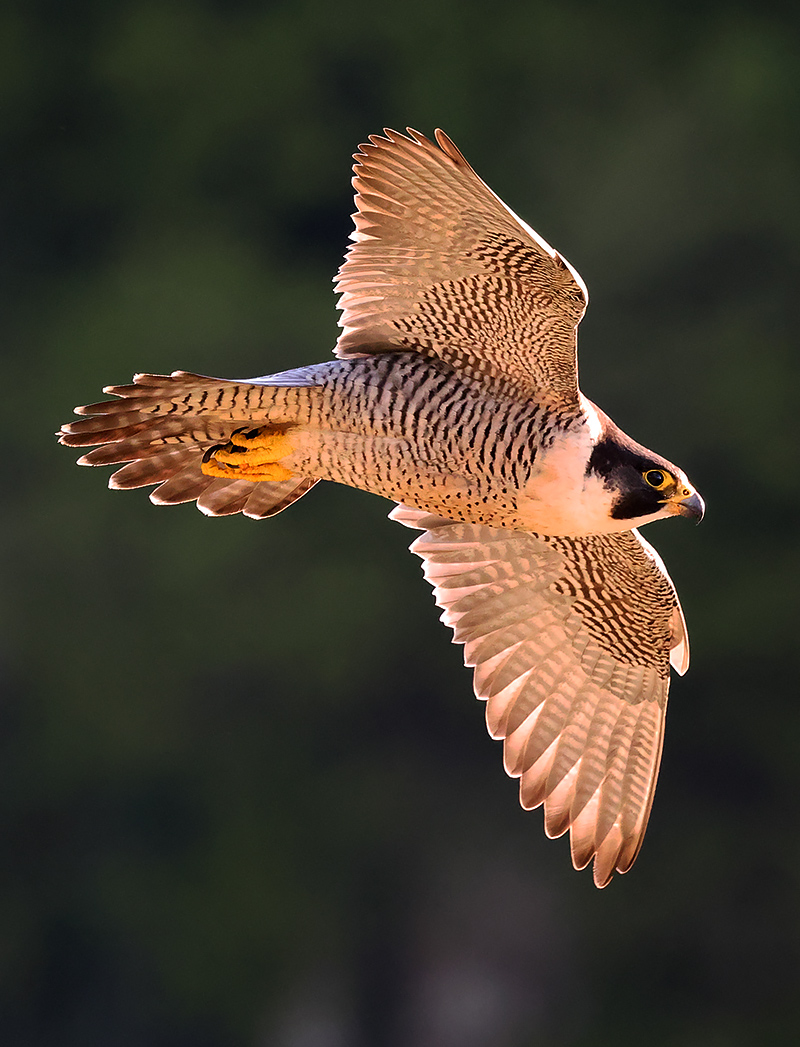
14th. We were joined by Kurt and Adrian and walked from Kynance along the coast towards Predannack, cutting back inland at the serpentine quarry. The serpentine rocks in Kynance Cove are stunning. These igneous rocks are peridotite , rich in magnesium, and were dominant rocks in the Earth's mantle. As the rocks were thrust upwards due to plate tectonic movements starting in in the late Devonian, hydrothermal waters transformed them into the beautifully coloured red and green serpentines.
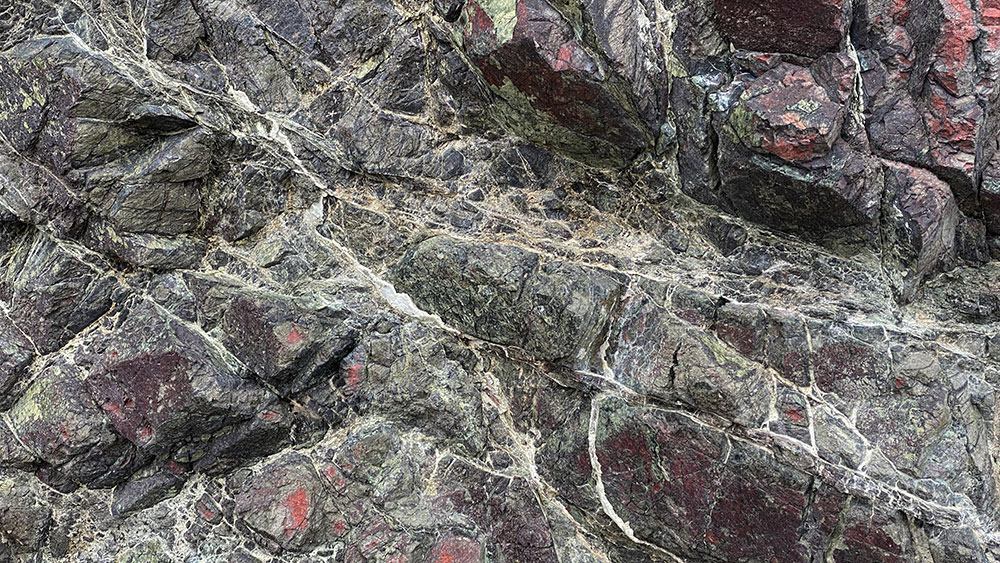
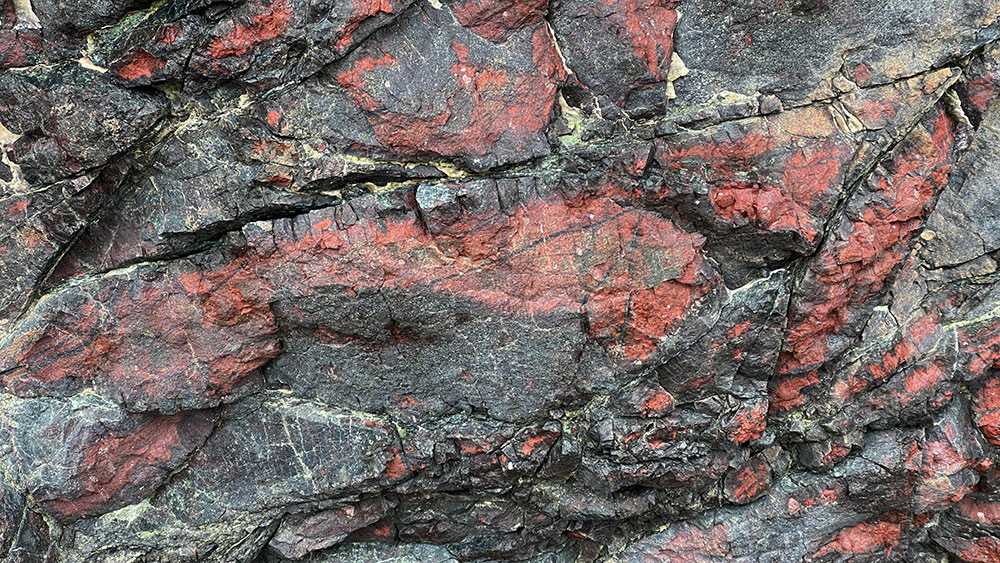
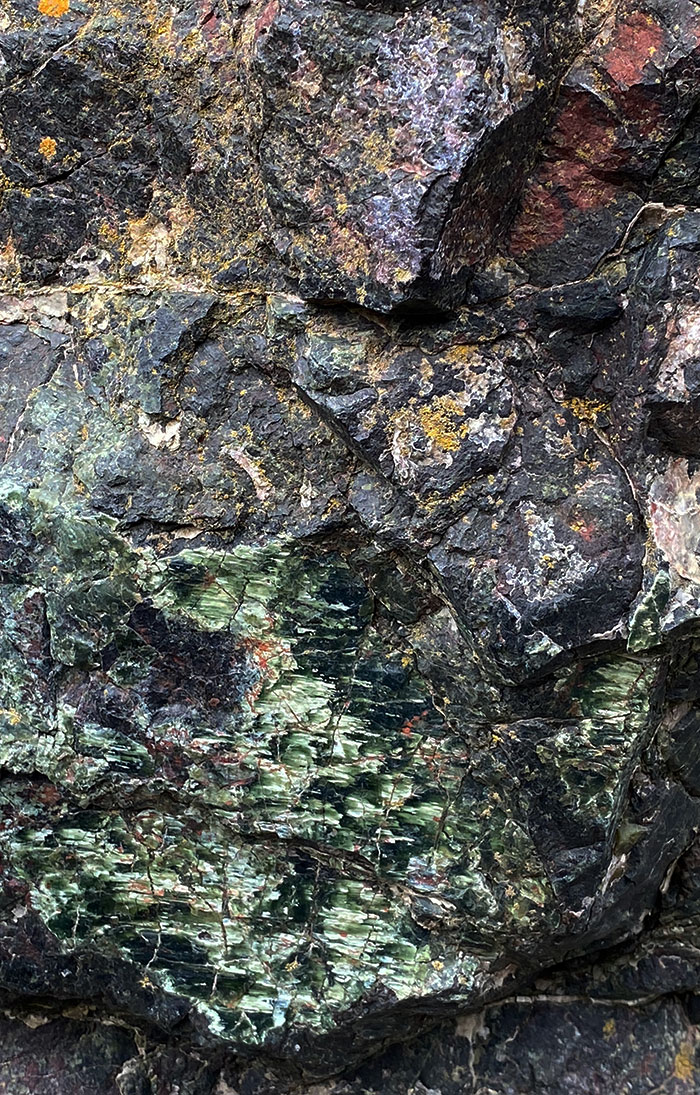
Landscapes with hairy greenweed, primroses, thrift and spring squill.
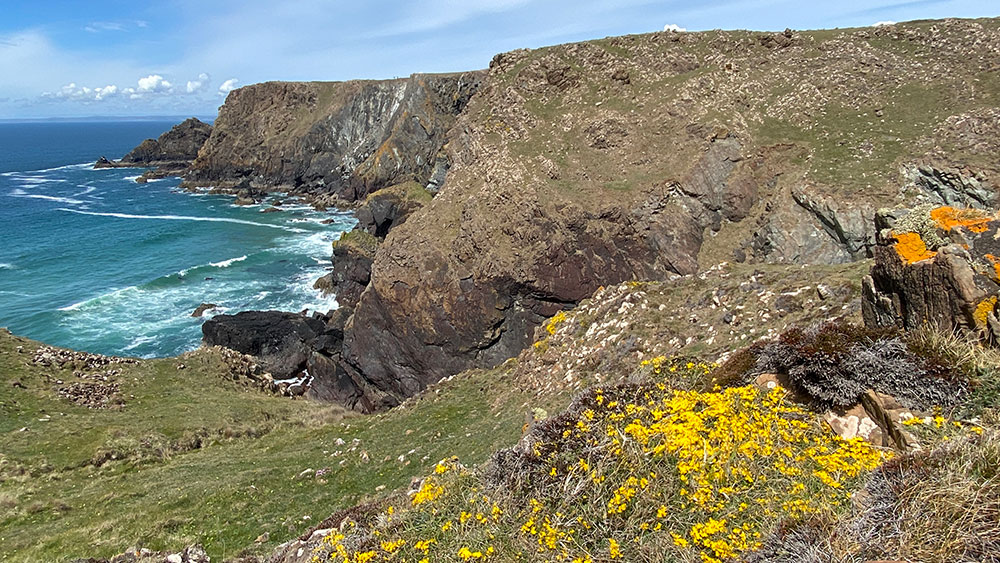
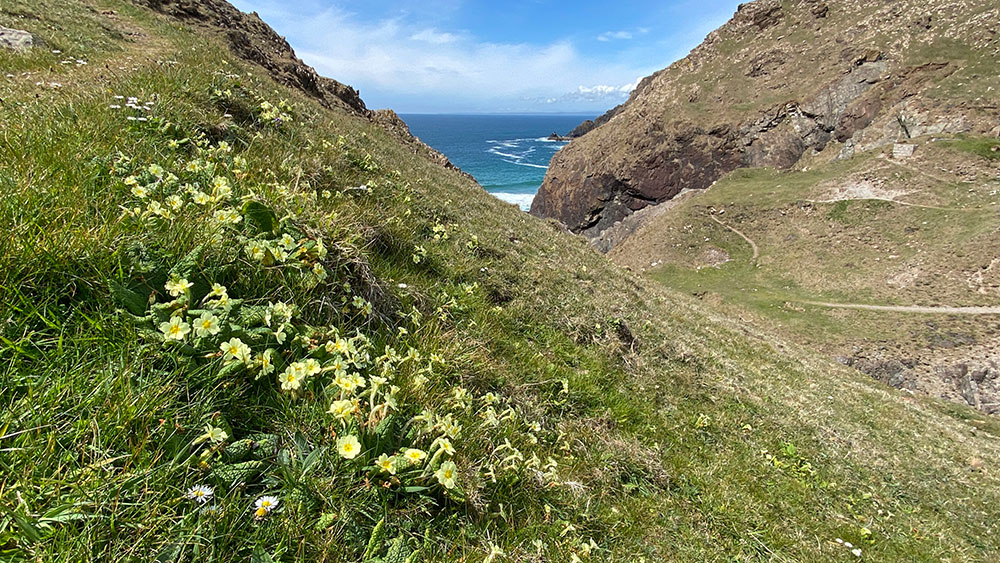
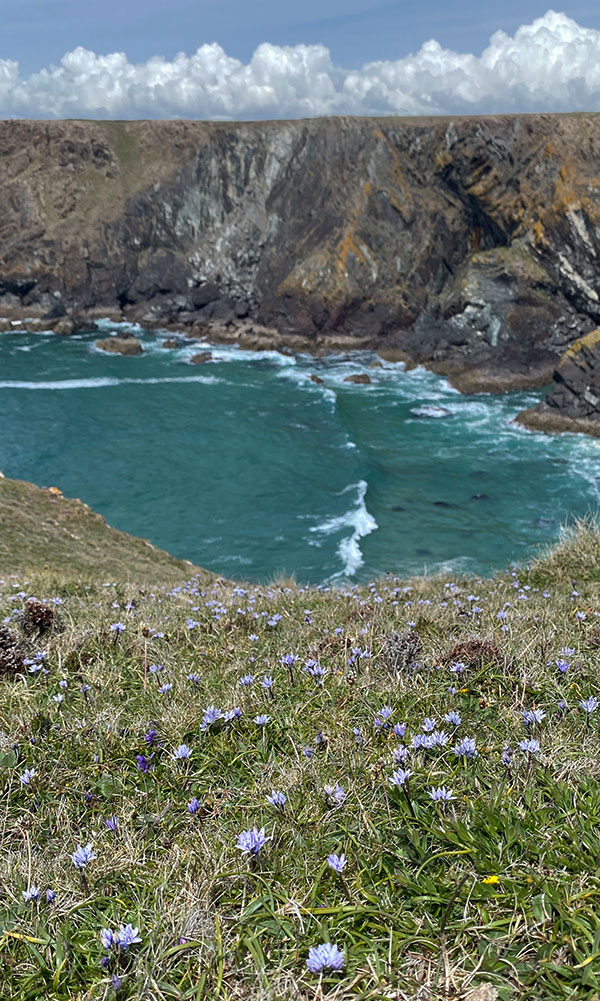
Birds included whitethroat, skylark, fulmar and ravens feeding recently fledged chicks.
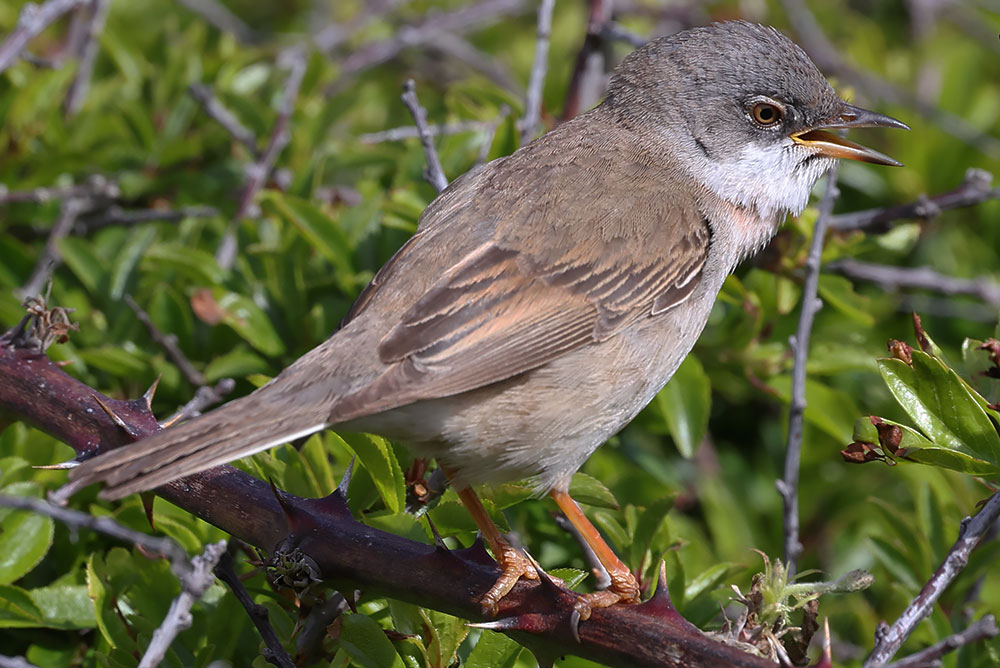
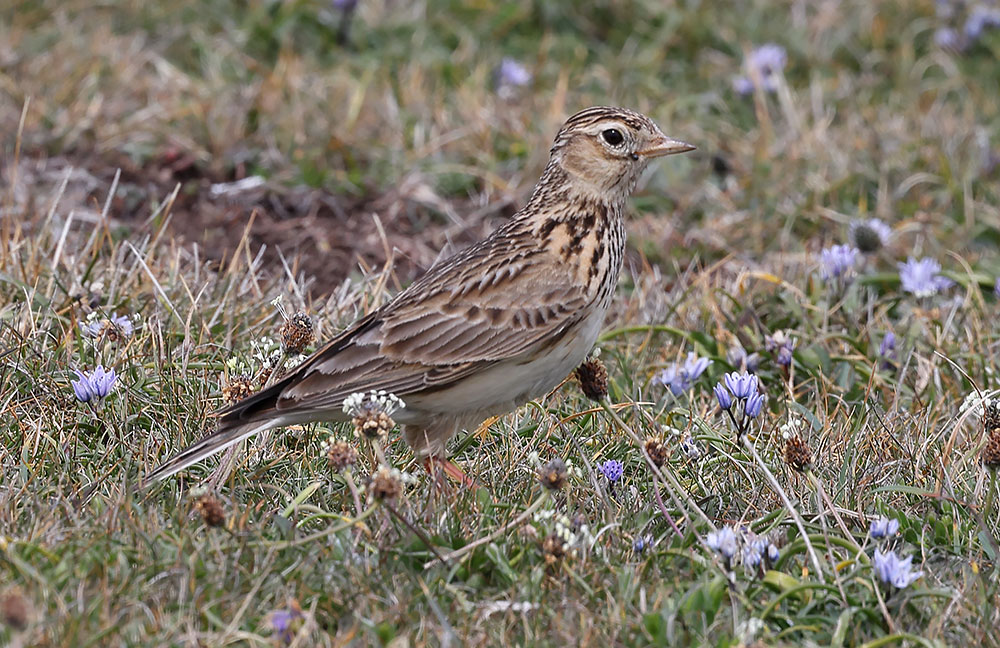
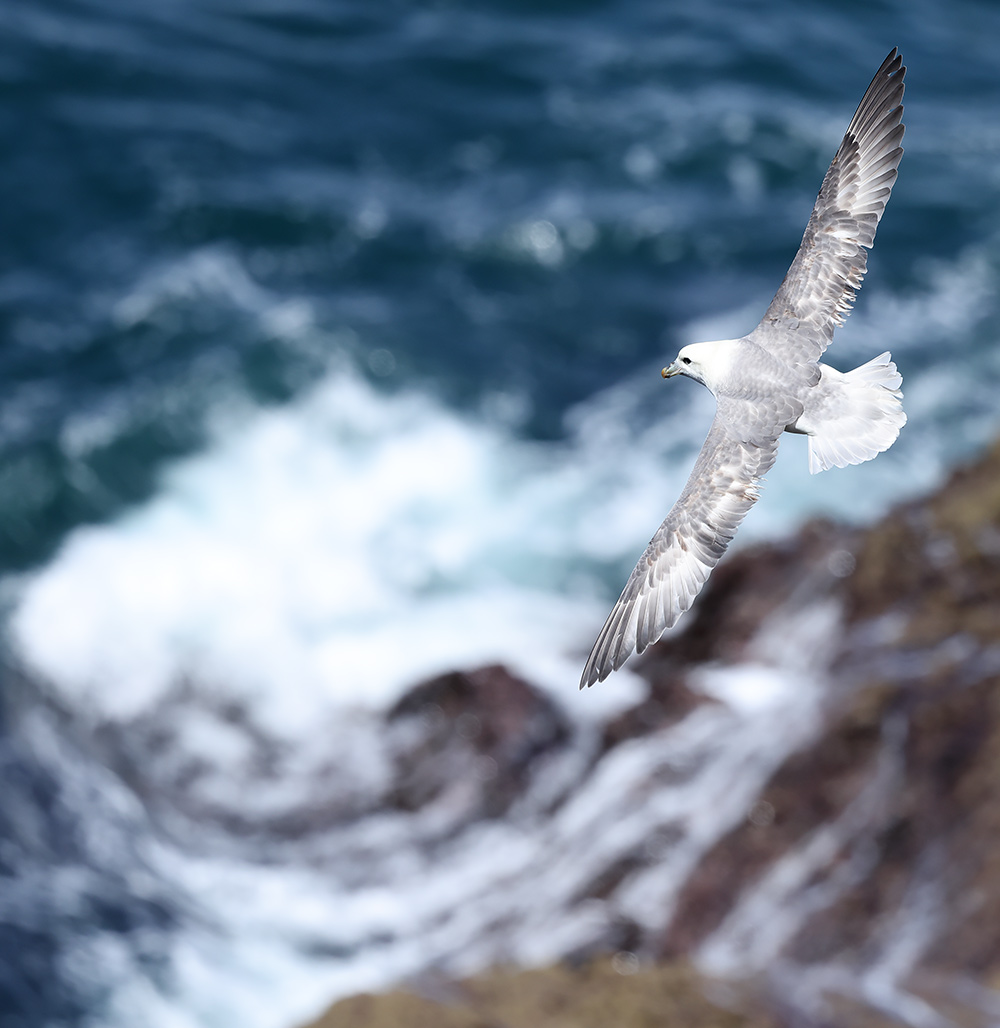
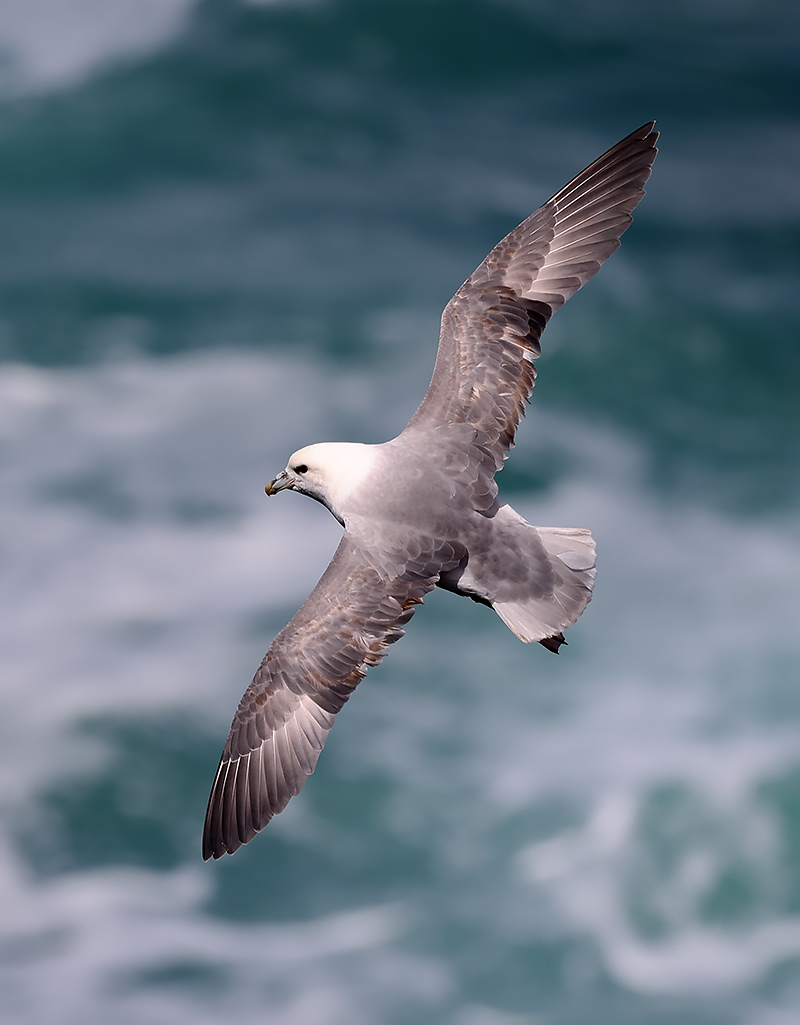
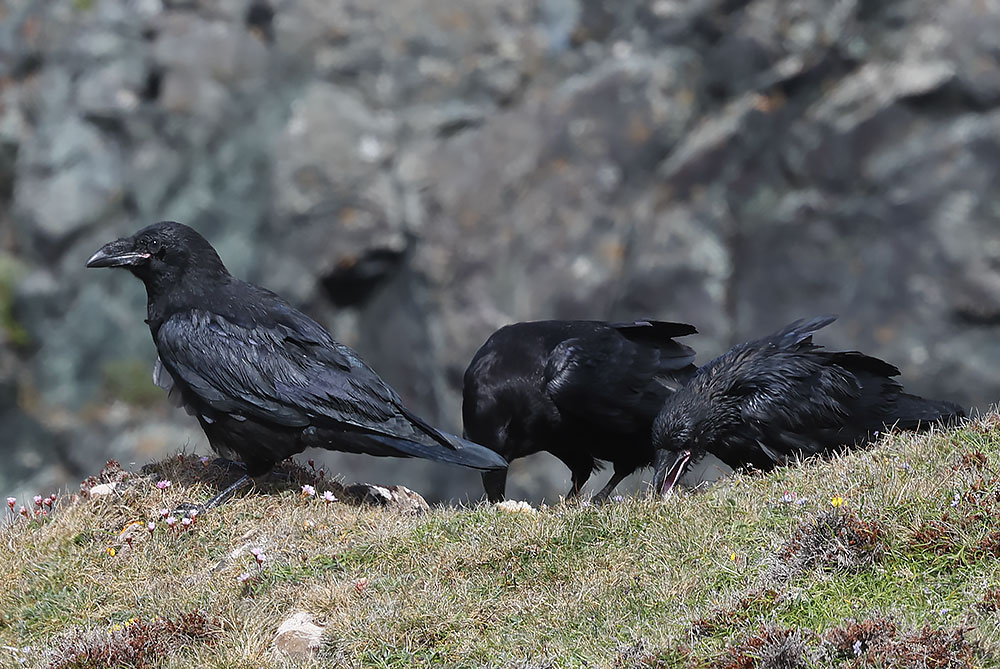
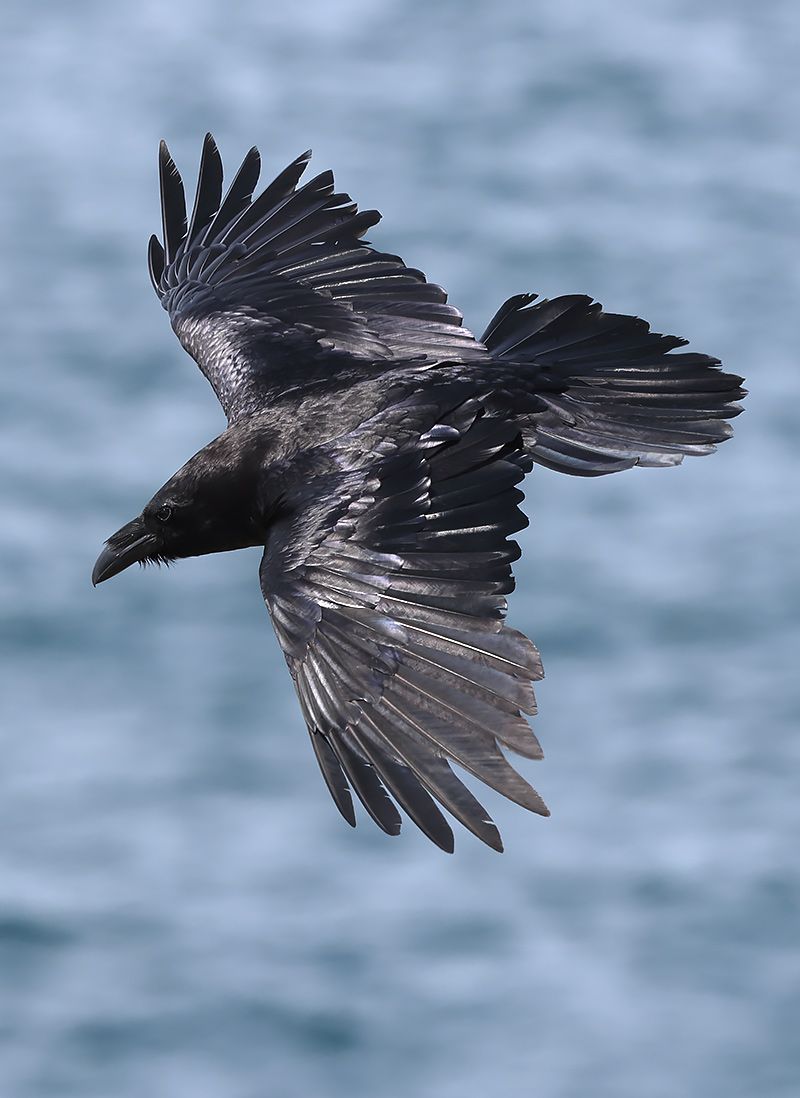
Insects included common blue, a small pearl-bordered fritillary and this oil beetle.
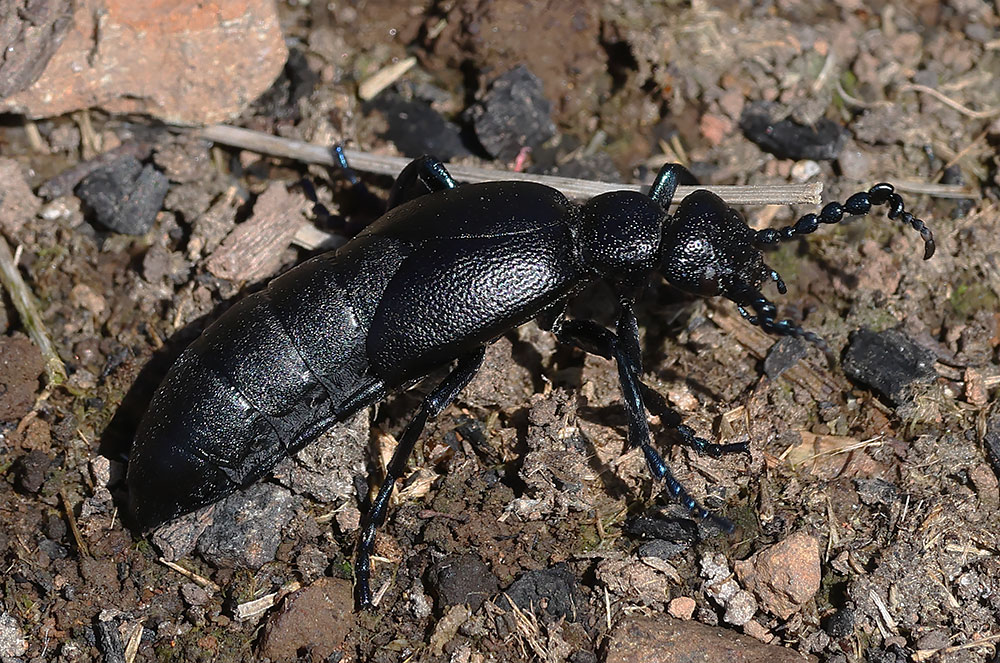
Some plants: Lizard specialties included hairy greenweed (top), prostrate broom, bloody cranesbill, and spring sandwort (no photo).
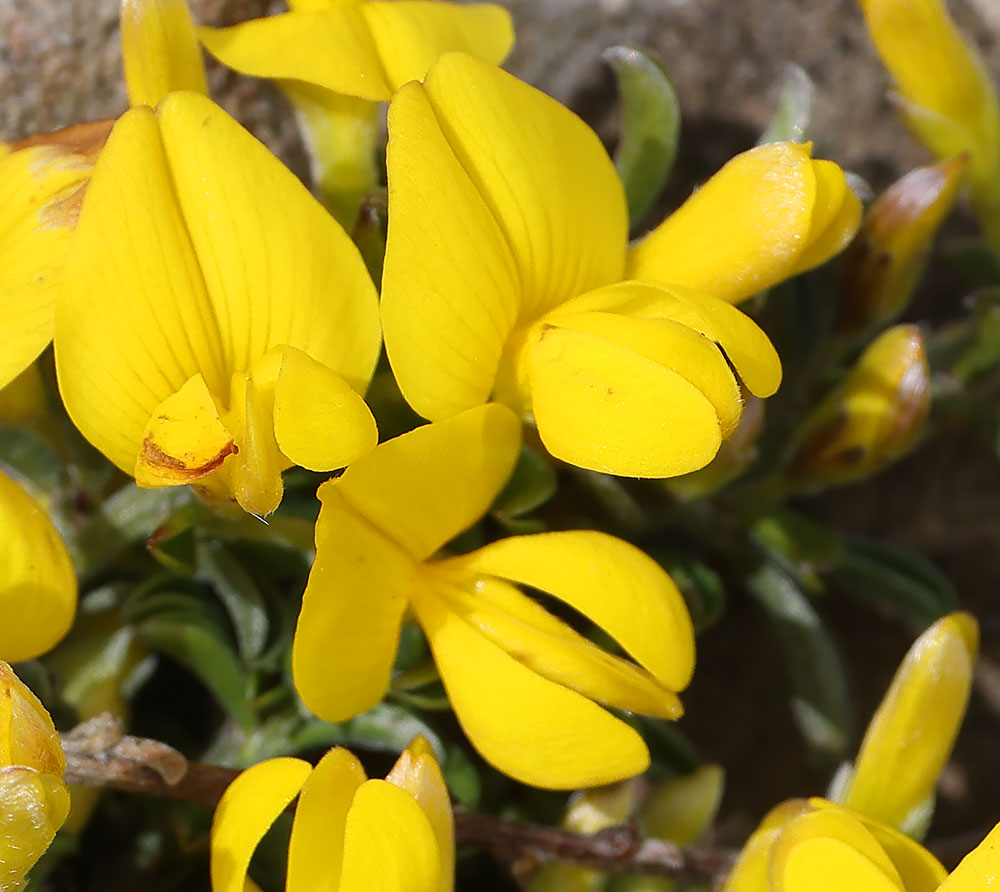
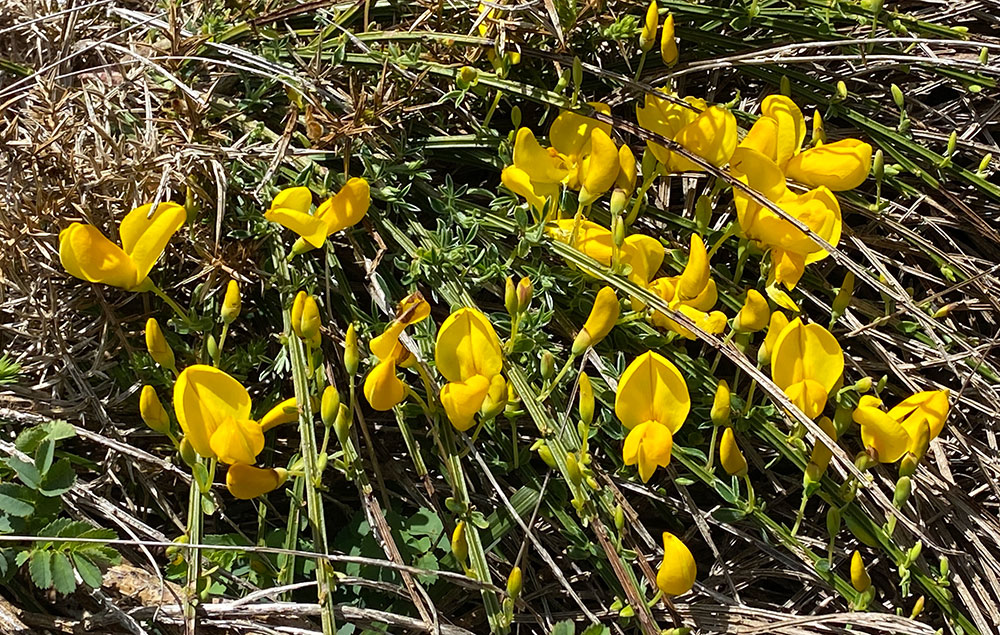
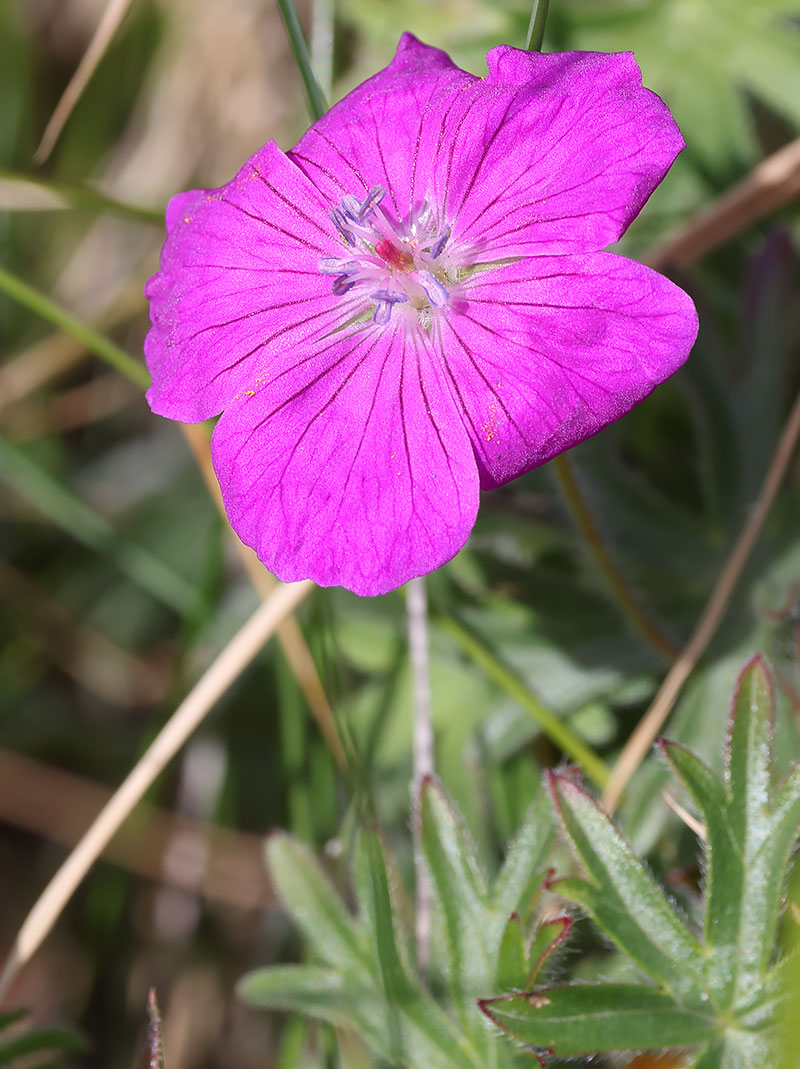
We also saw heath spotted orchid.
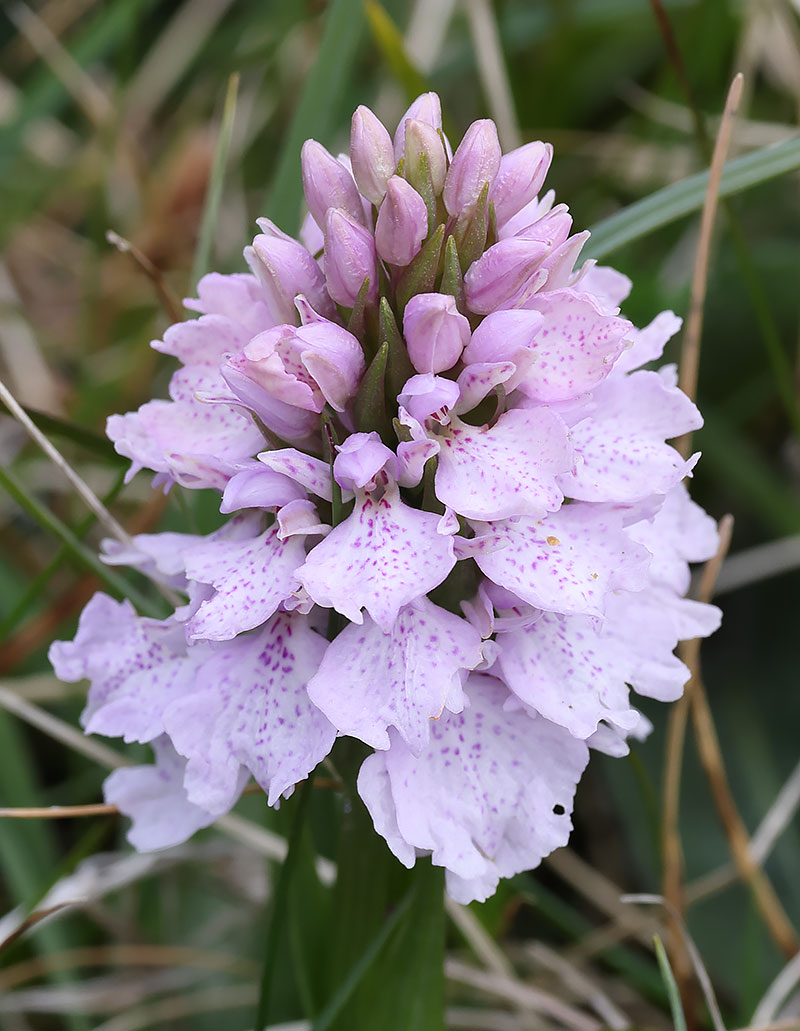
At Windmill Farm we saw slow worms and toads. There is a plaque here to a Bristol botanist I remember - Lewis Frost. I think I remember Lewis wandering into the staff common room smoking a cigarette, and wearing a suit. He taught genetics, but his passion was the flora of The Lizard, where he took students and did much to help establish nature reserves there. Windmill farm was purchased by the Cornwall Wildlife Trust and the Cornwall Bird Watching and Preservation Society with the support of the Lewis Frost Memorial Trust in 2001. There is a fine obituary here. Apparently he was born Louis, but the Registrar disproved of foreign names and wrote Lewis on his birth certificate.
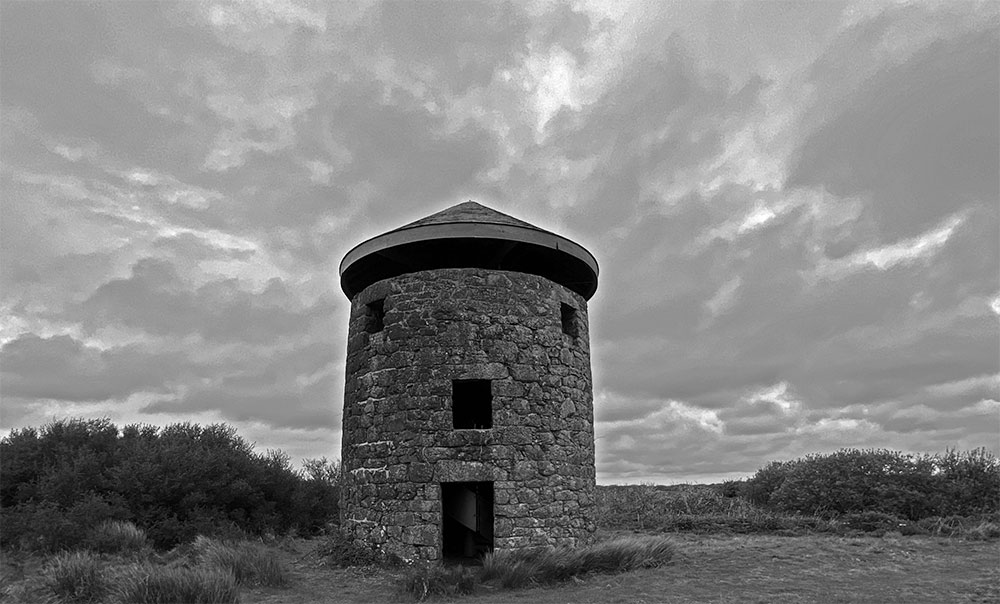
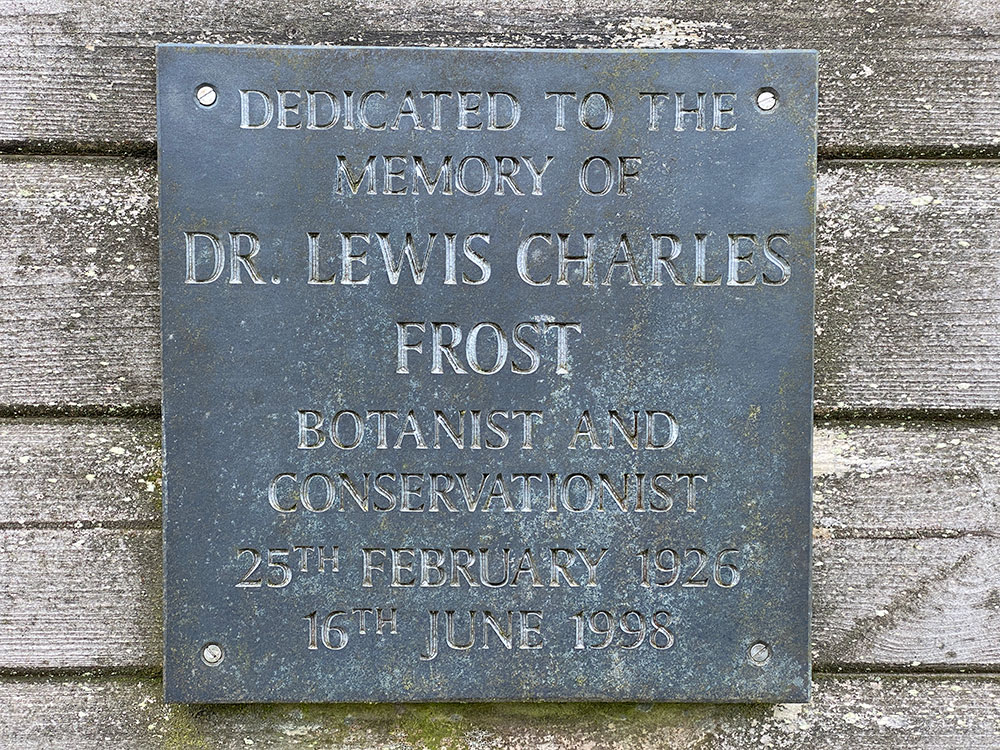
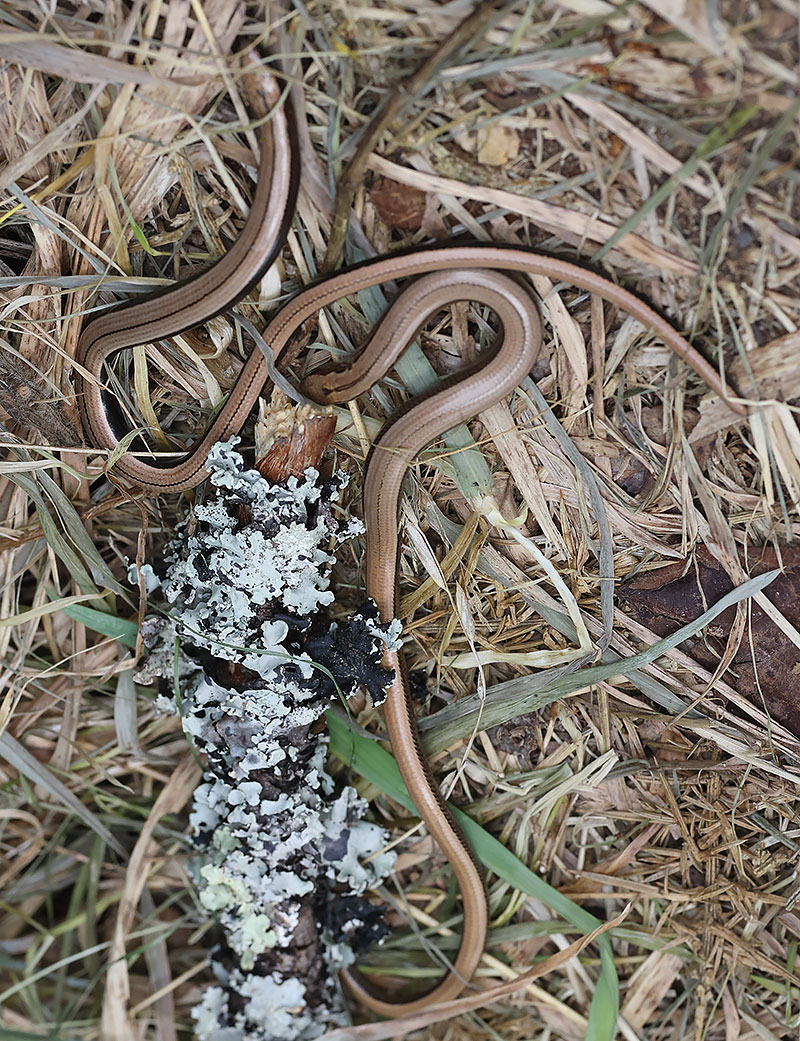
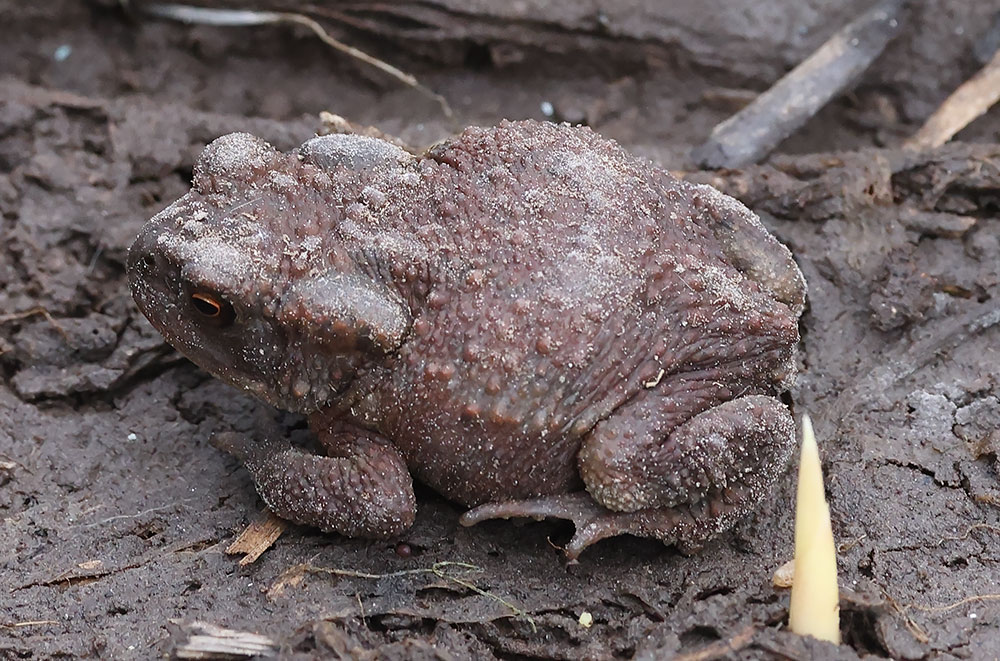
13th. Penzance - still 36 purple sandpipers near the Jubilee Pool.
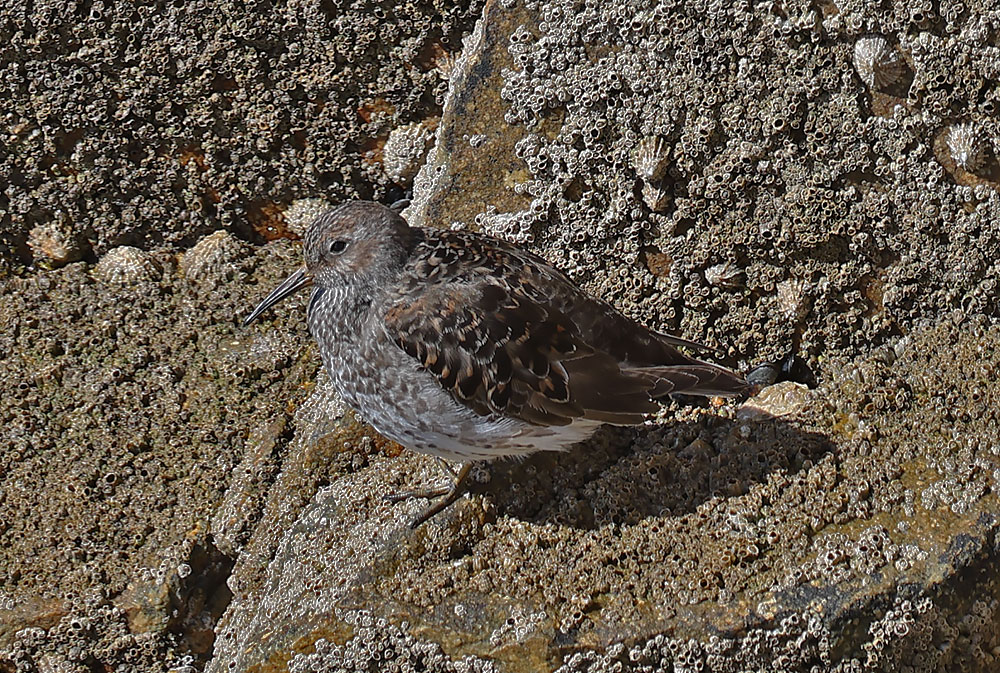
Trewidden Gardens has the finest stand of Dicksonia antarctica tree ferns in the Northern Hemisphere. They grew from Australian stock that were planted in 1902.
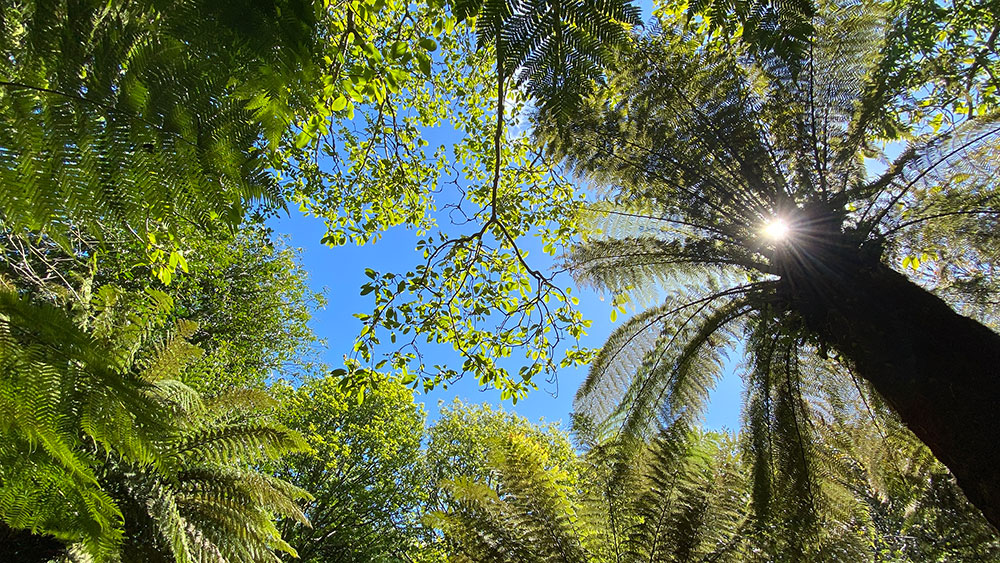
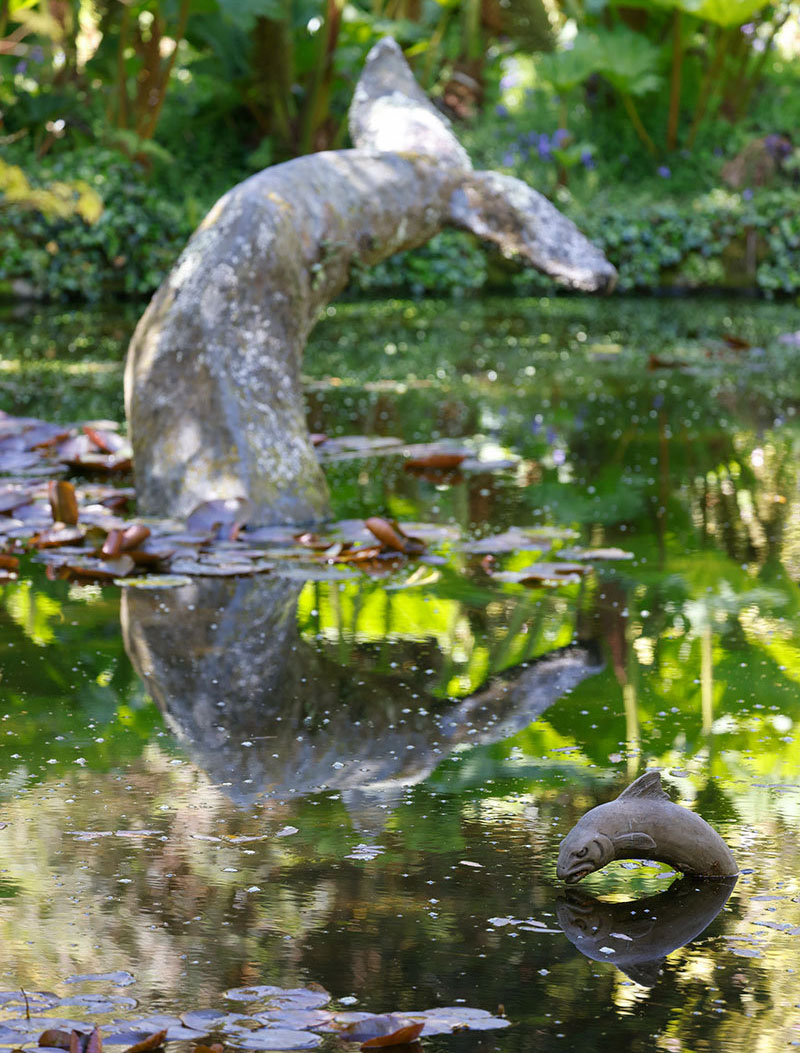
Female large red damselfly.
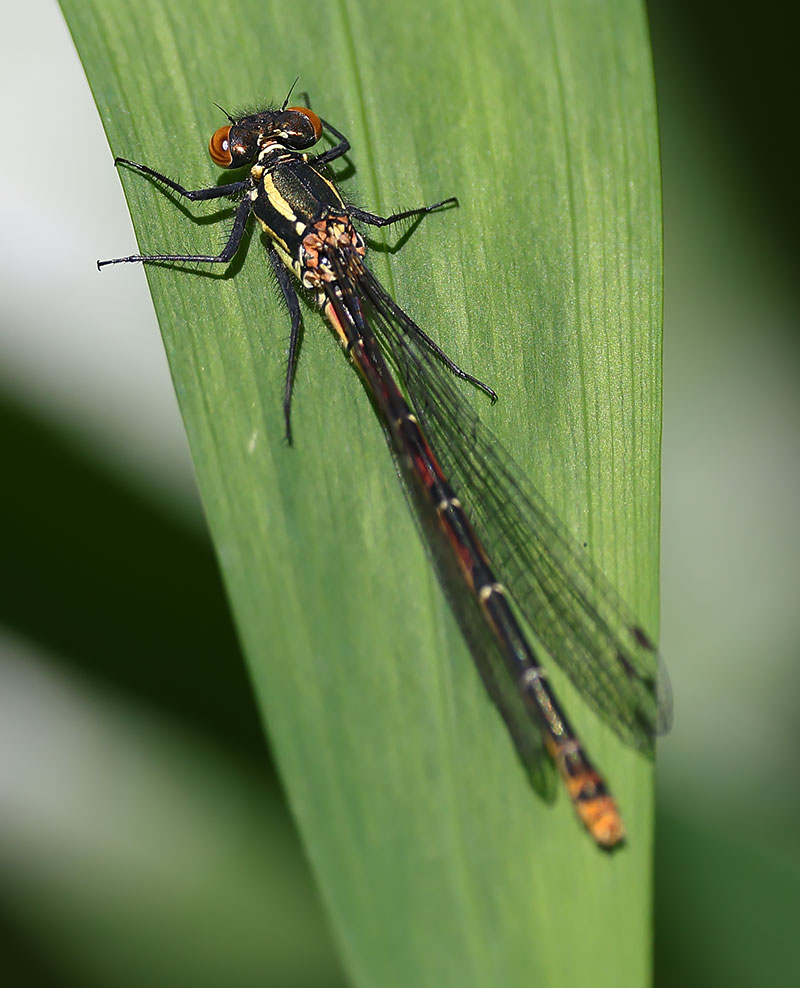
Nomad bee, probably Nomada flava
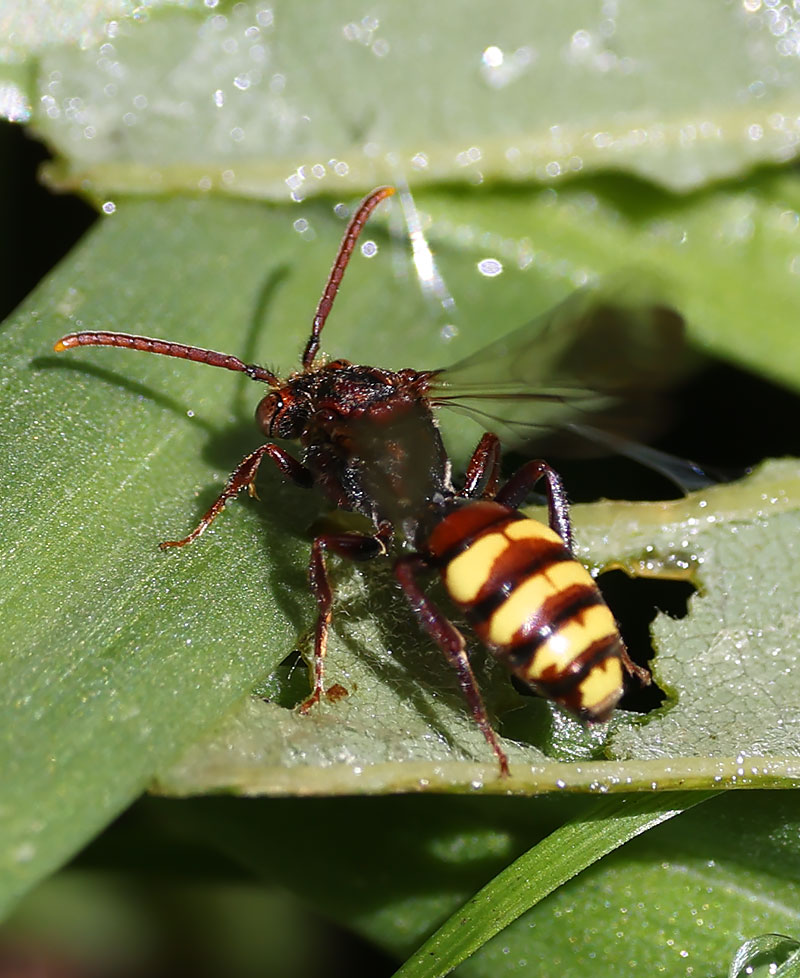
Dawn redwood Metasequoia glyptostroboides, a deciduous conifer.
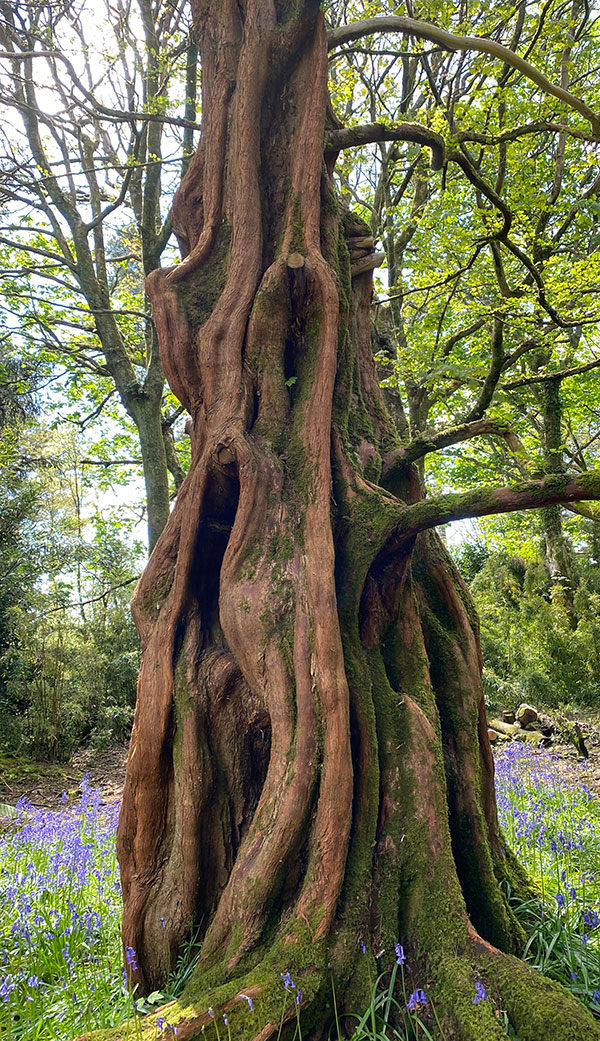
We then visited Hayle millpond, to see the turtles there. The story goes that they were introduced in 1895 from Holland, and were either European pond turtles, or Caspian turtles. The ones we saw were looked like river cooters from the US (the last photo looks more like a yellow-bellied slider with its toothed rear scutes and face pattern)! I wonder if people have randomly introduced their pet terrapins into the millpond following the earlier introductions. We saw at least four.
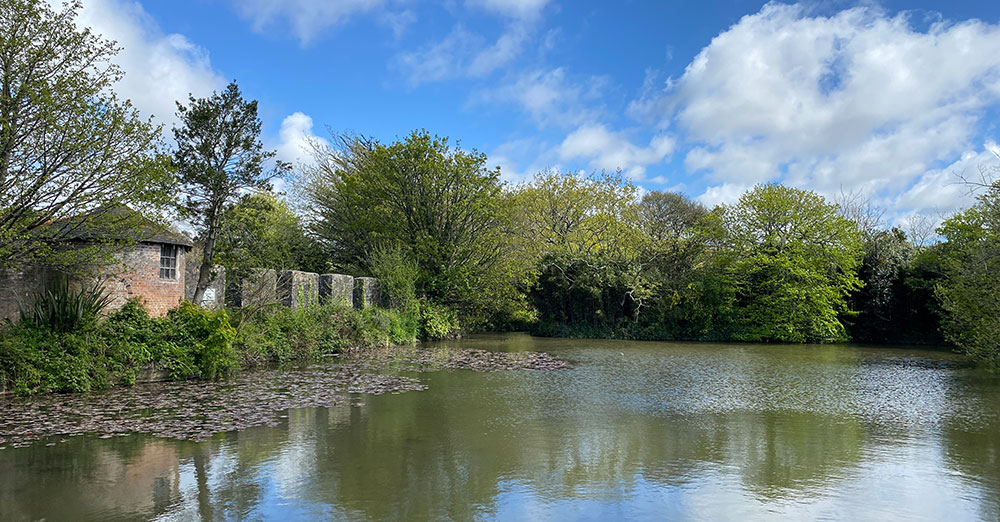
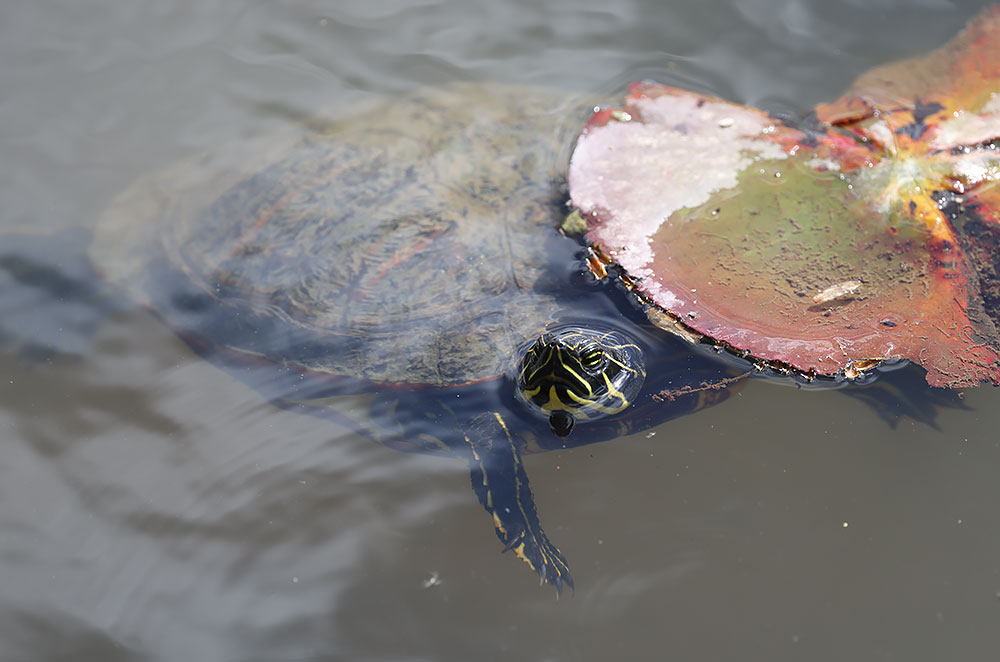
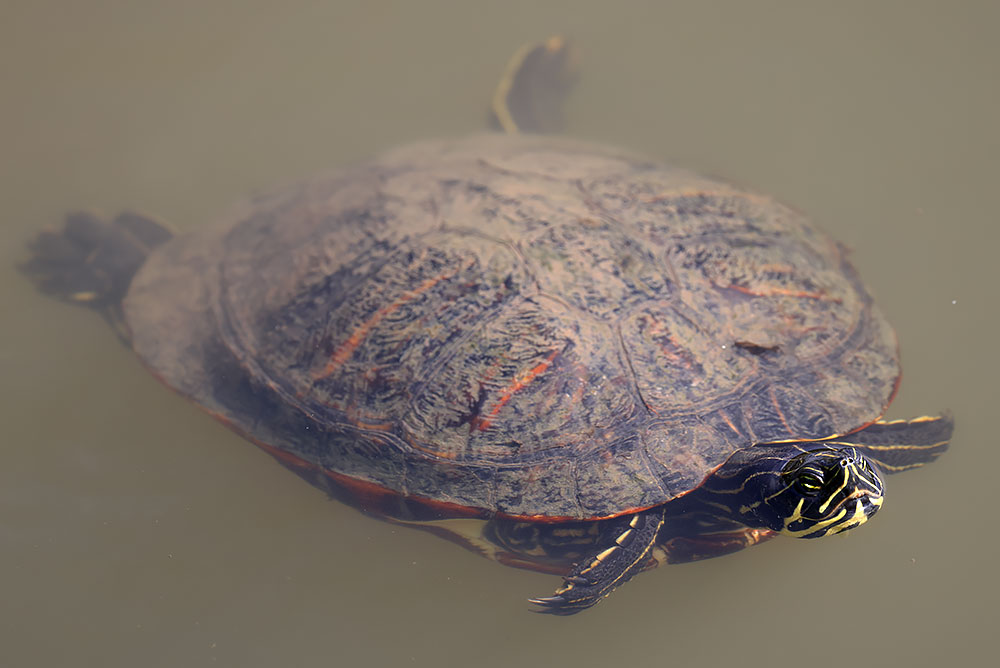
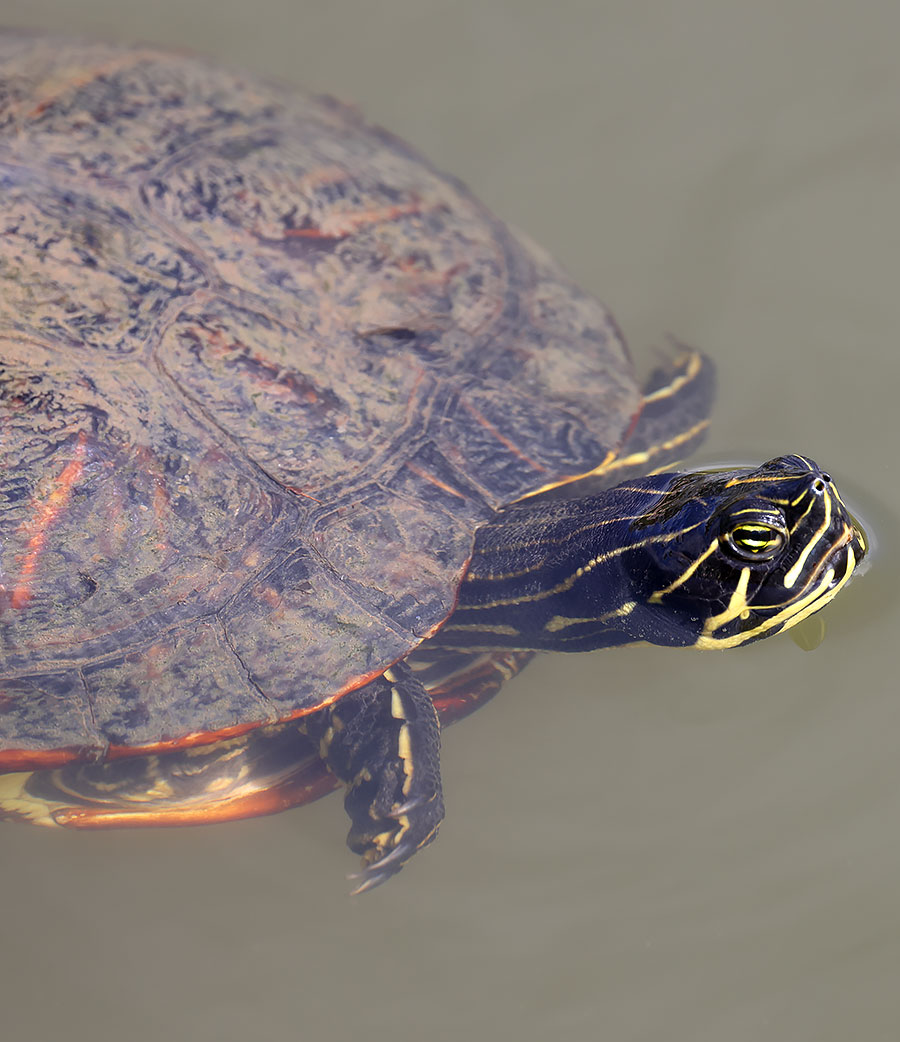
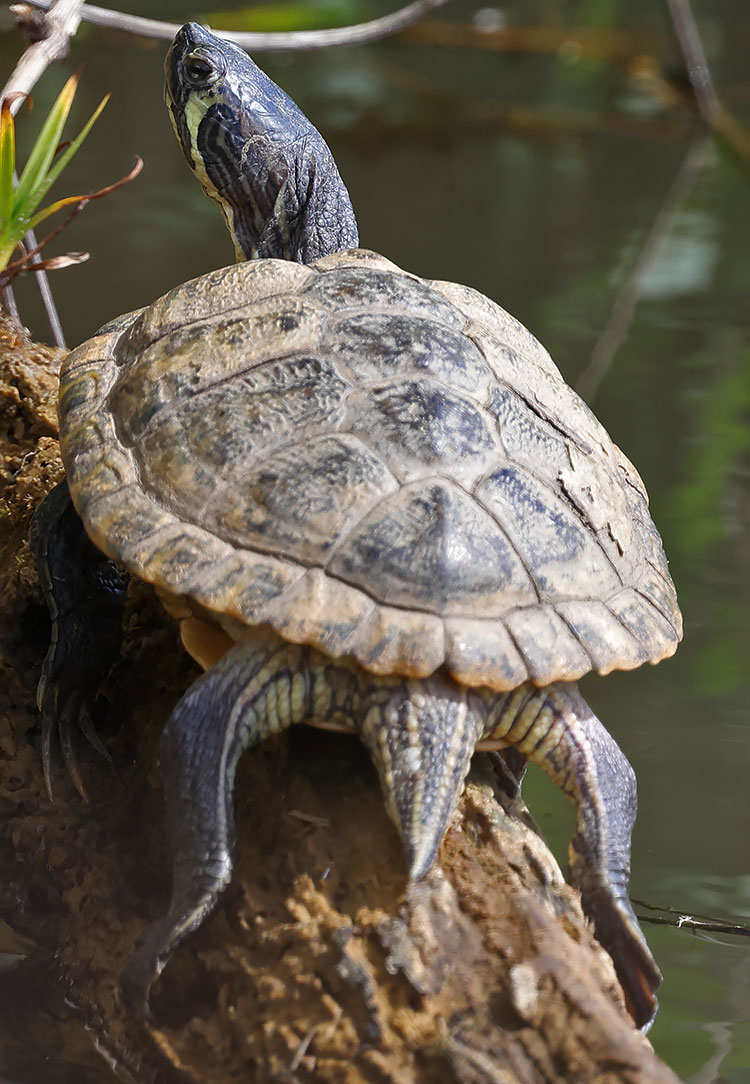
And this one has a hint of a red-eared slider in it. There are probably some intergrades.
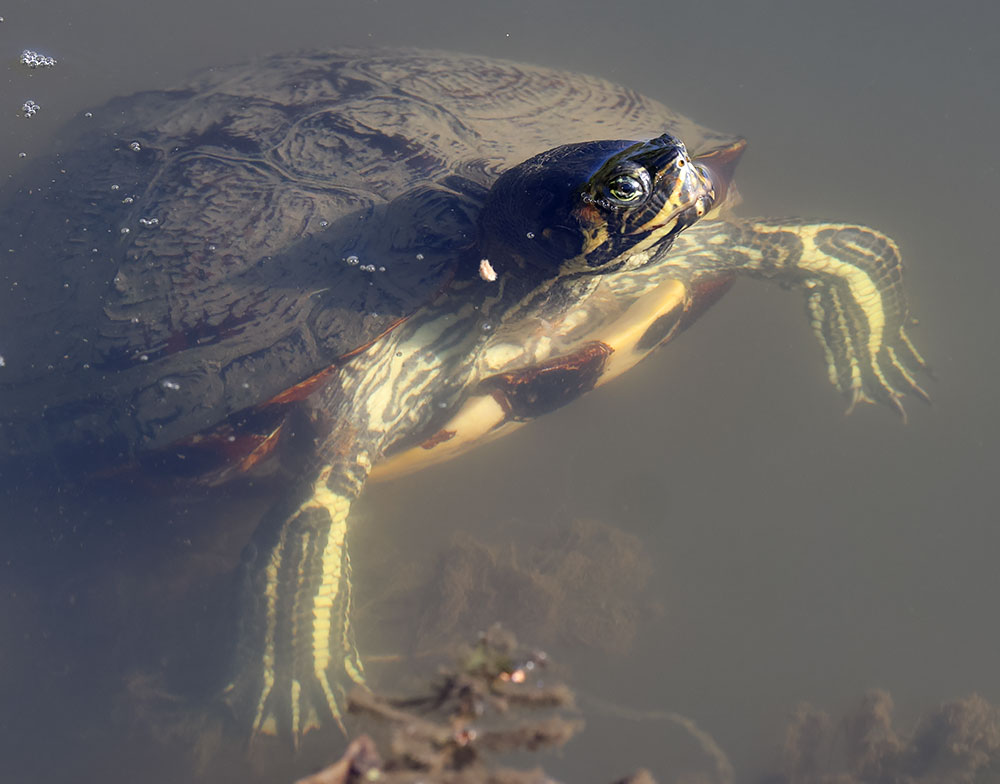
Then we went to Carnsew Pool, and watched the waders move towards us as the tide came in. there were 4 whimbrel, ca. 50 dunlin, ca. 40 ringed plover, 2 sanderling and 2 turnstone.
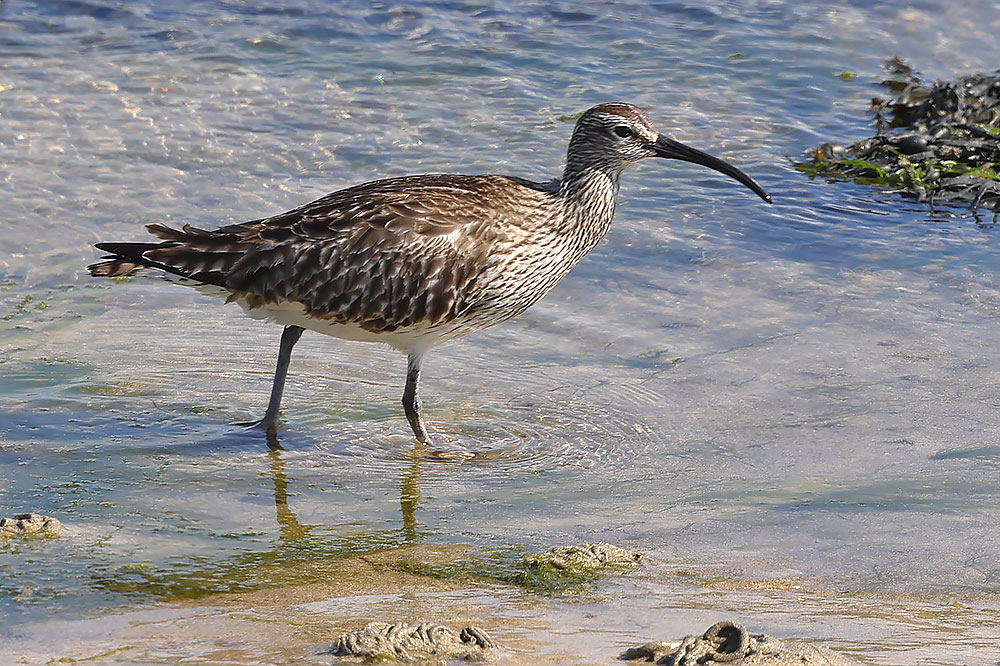
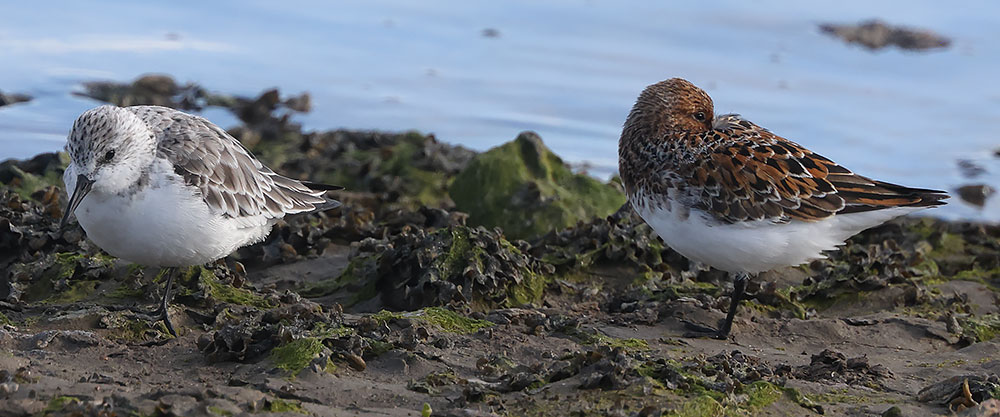
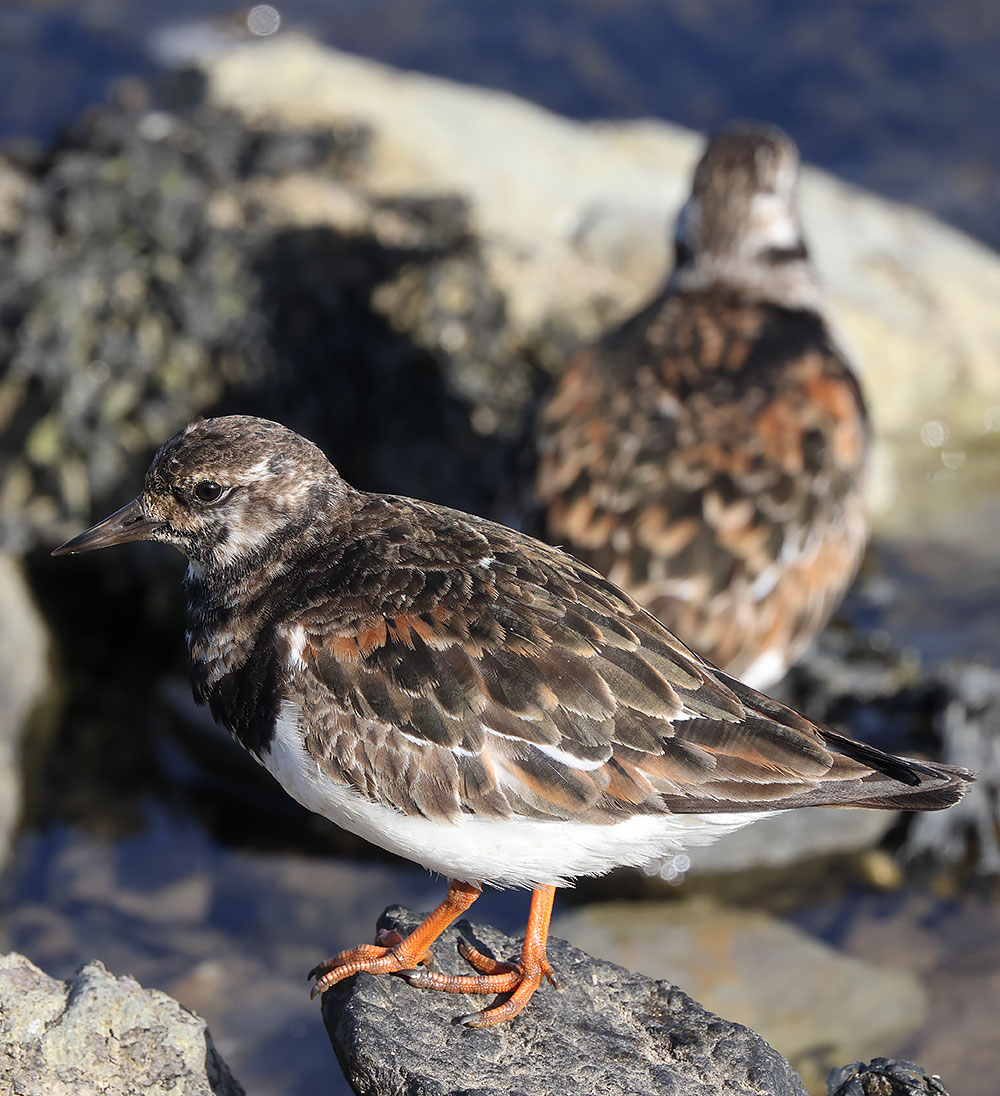
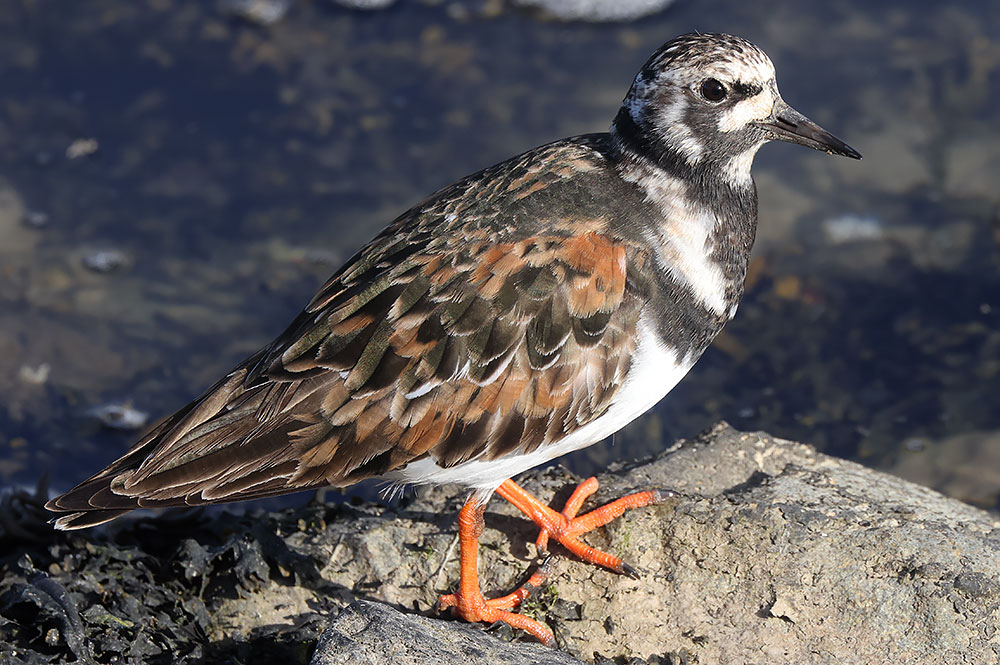
Rock pipit here too.
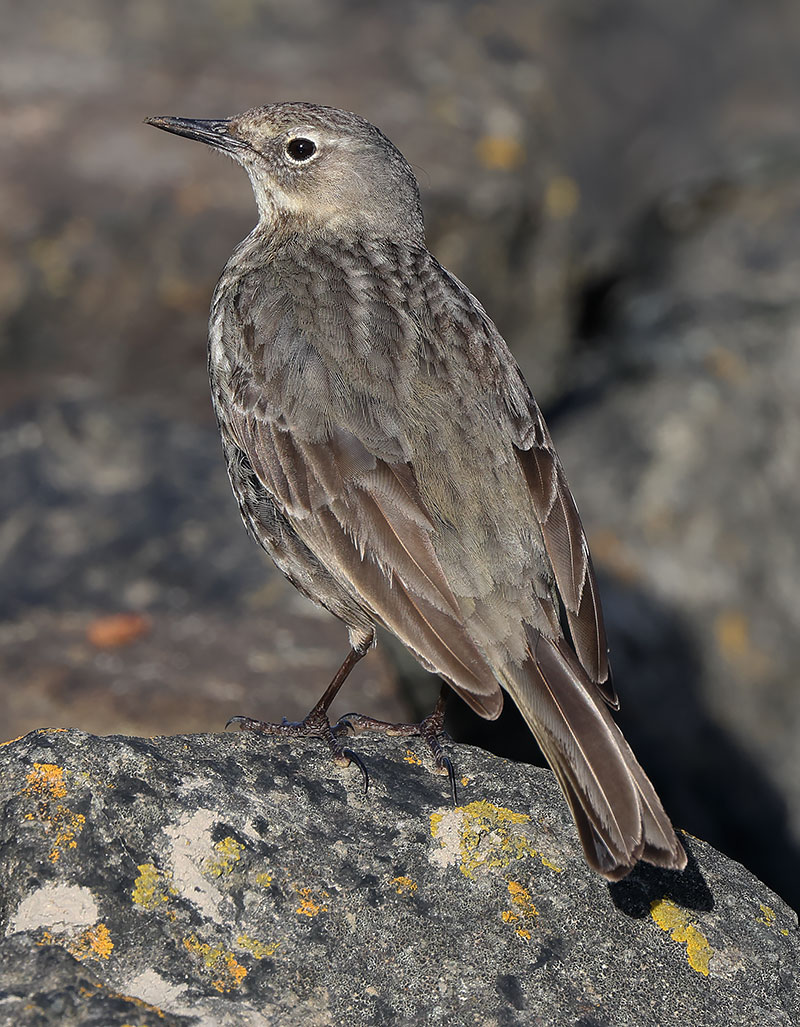
12th. Our local male pied wagtail collecting food.
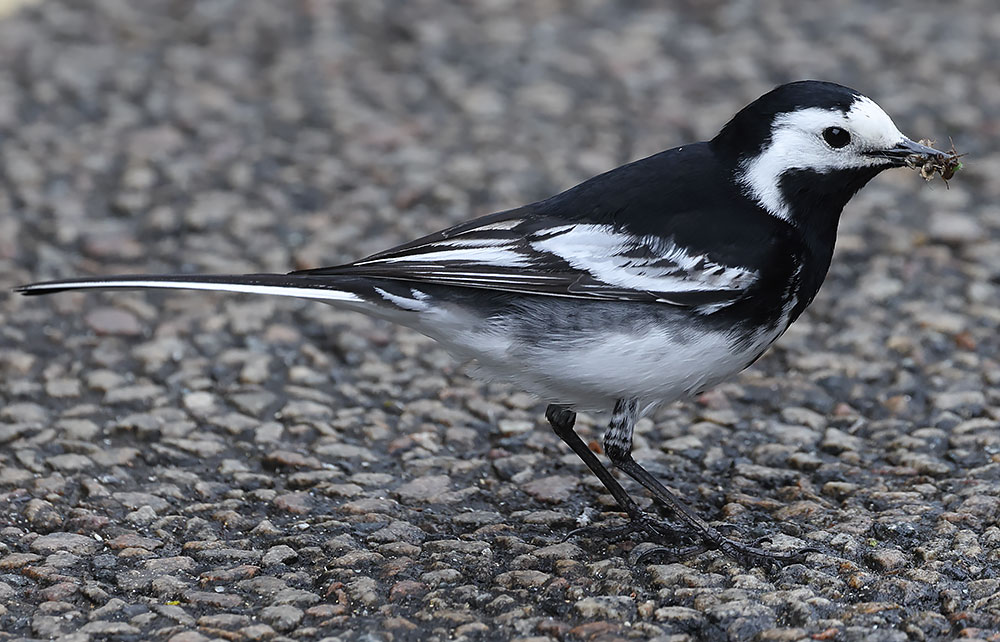
Little egret feeding at Copperhouse Creek, Hayle.
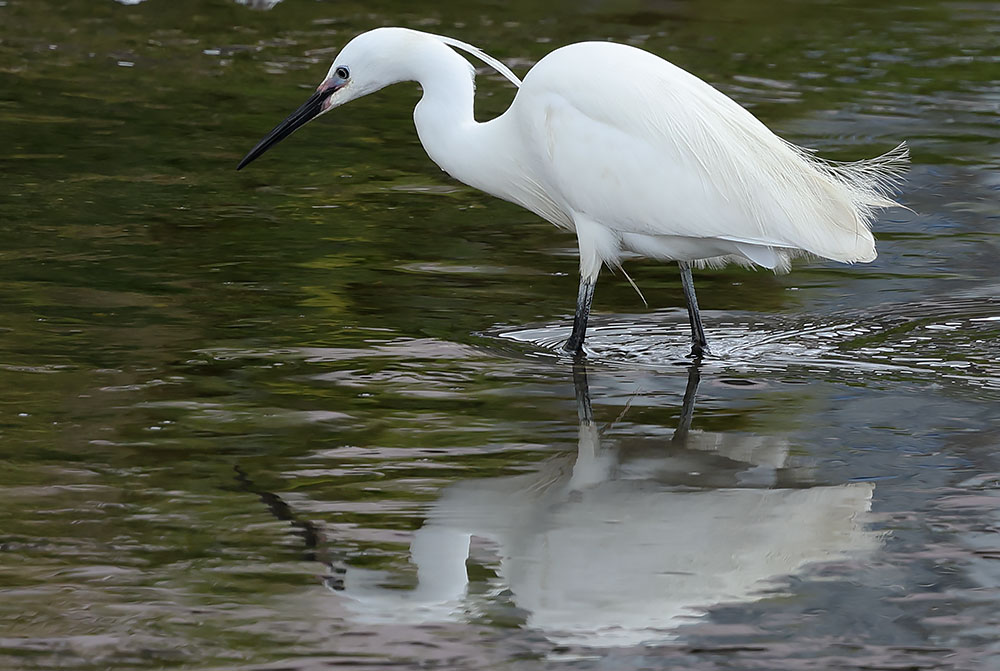
We were shown an unarmed stick insect along the King George V Memorial Gardens.
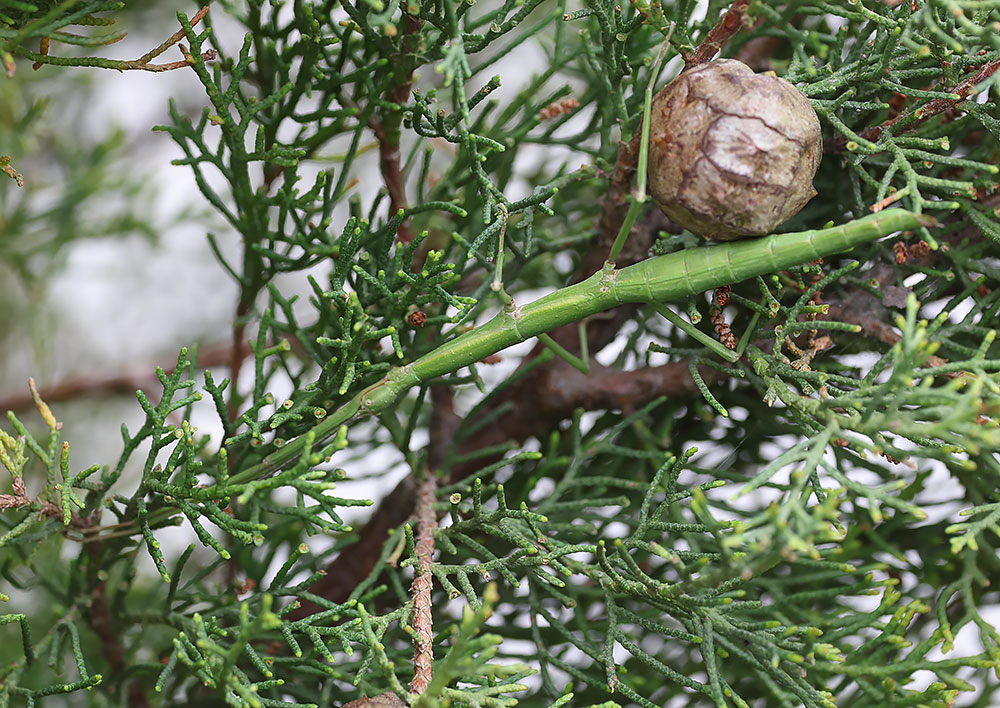
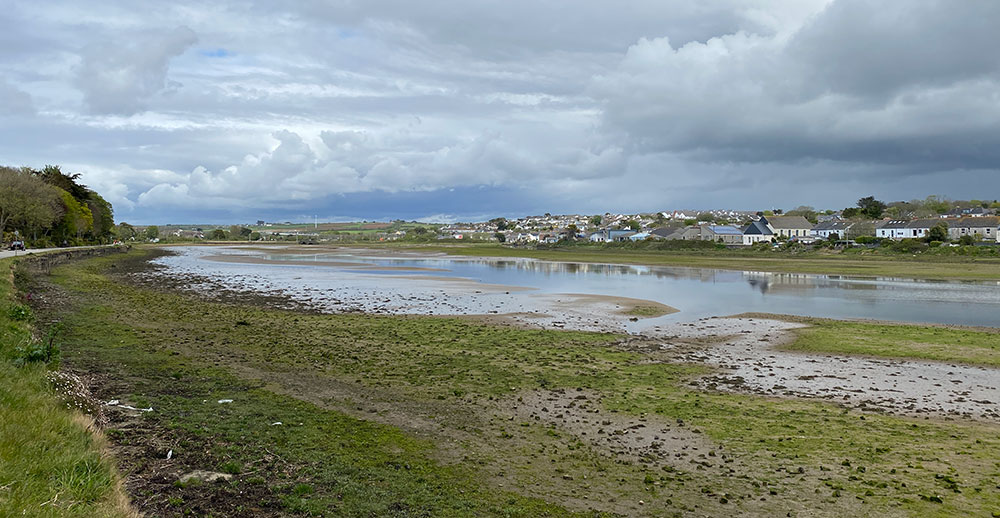
10th. We walked a circular route from Kynance to the Lizard. Although the Cornish choughs first returned near to Lizard Point in 2001, and nested for the first time in more than 50 years in 2002, we didn't see any today.
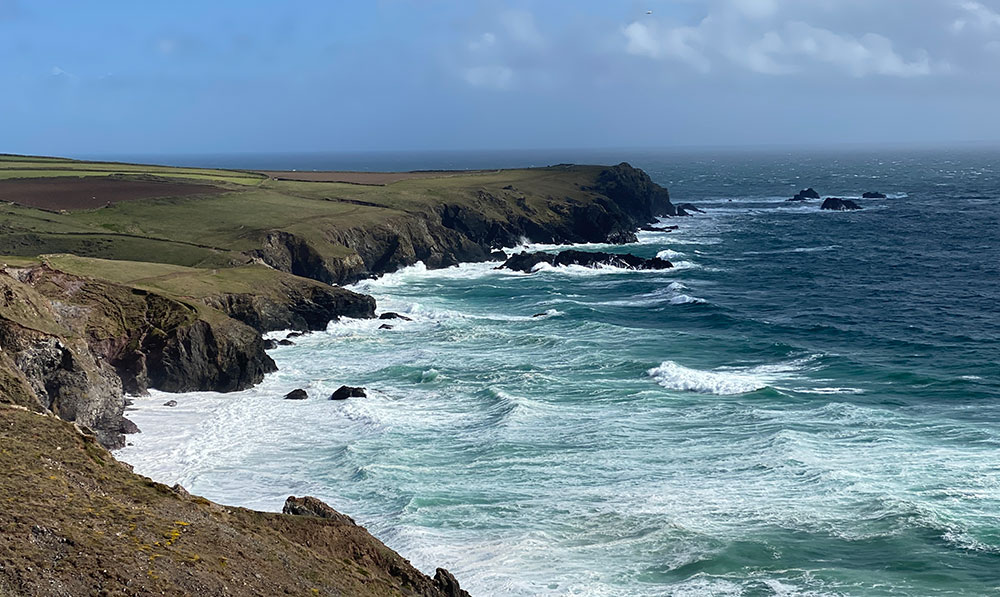
9th. Excellent circular walk taking in Kynance Cove and Predannack Downs on the Lizard. We saw a cuckoo and a sedge warbler. Photos below of serpentine, spring squill, hairy greenweed, stunted ox-eye daisies, green-winged and early purple orchids, and the solitary wasp Ammophila sabulosa. I also saw a green tiger beetle.
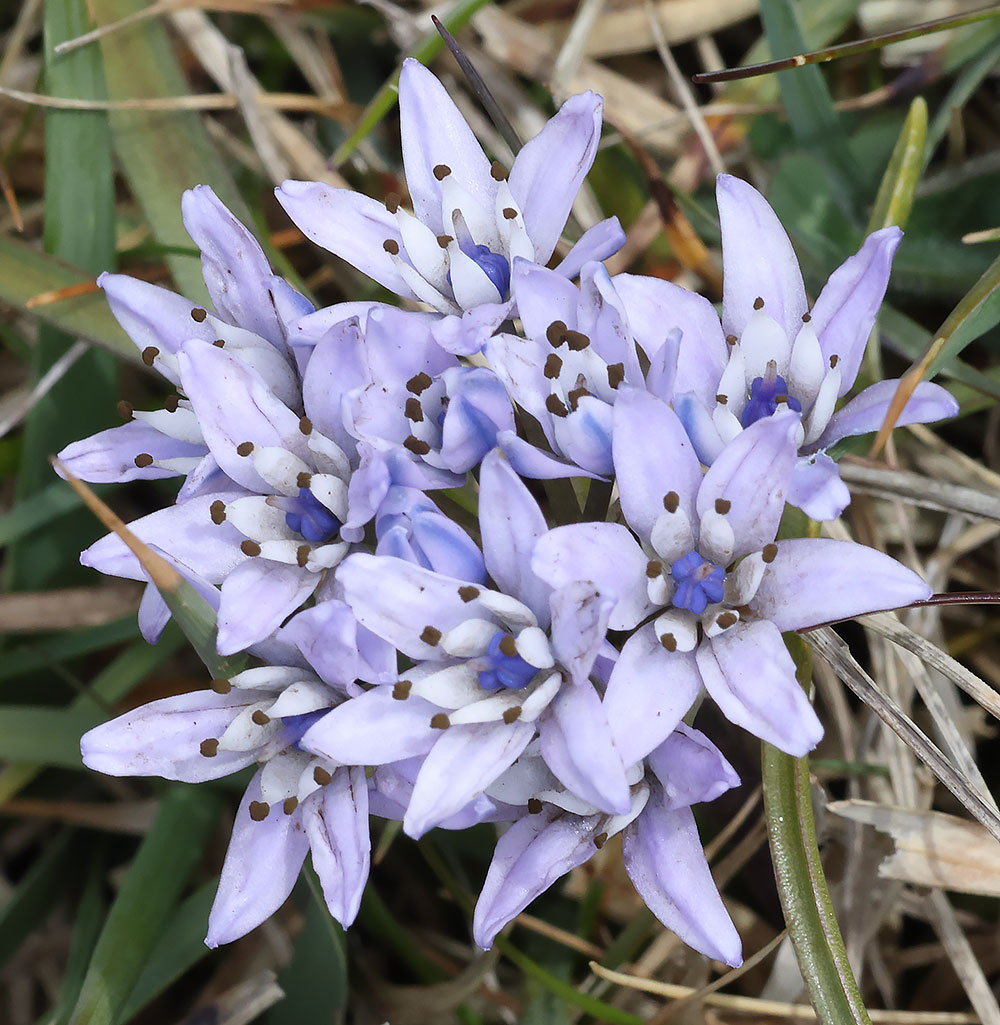
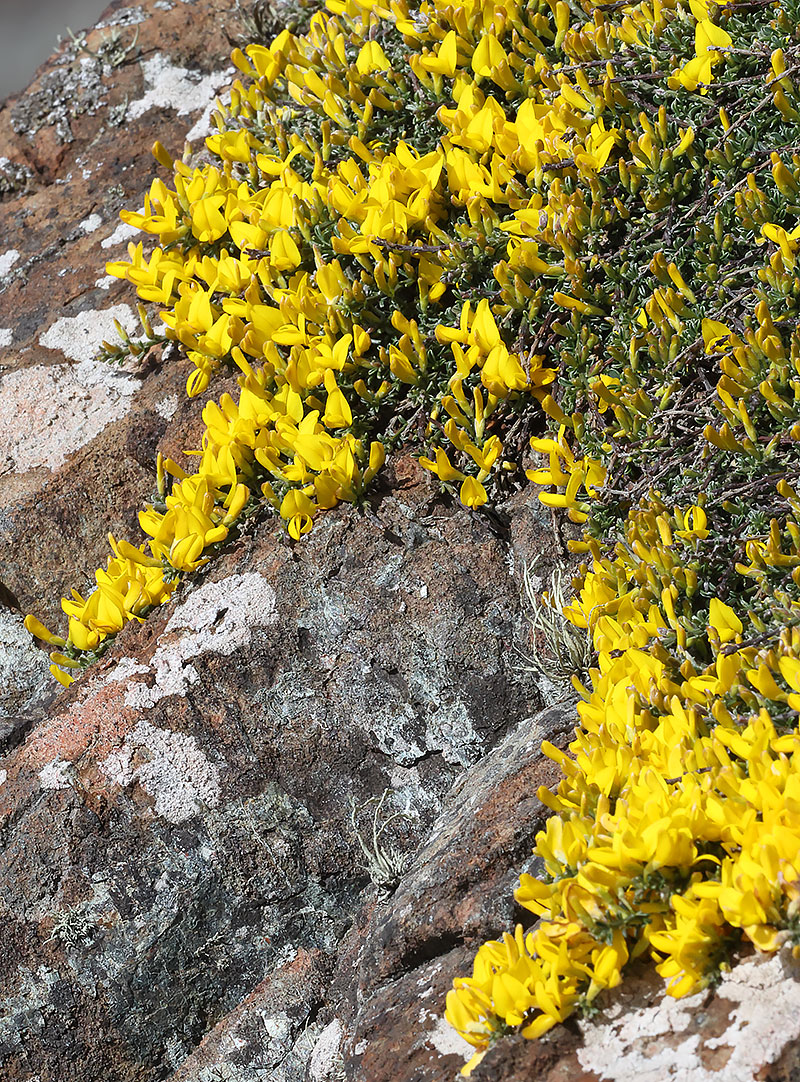
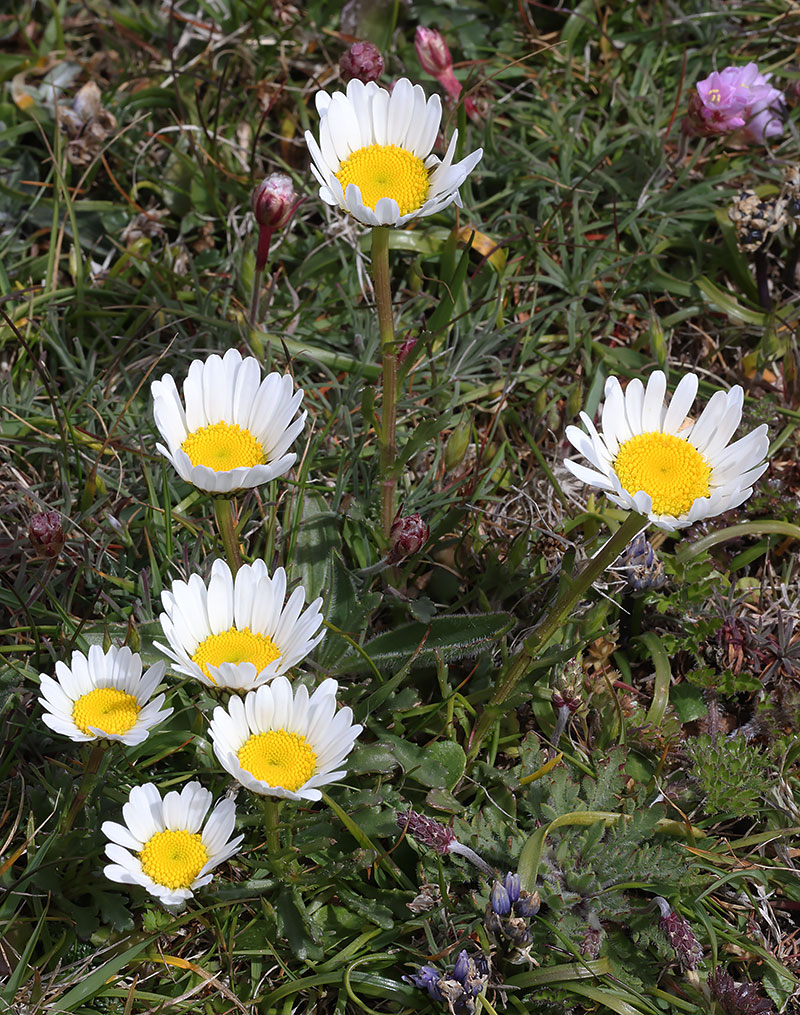
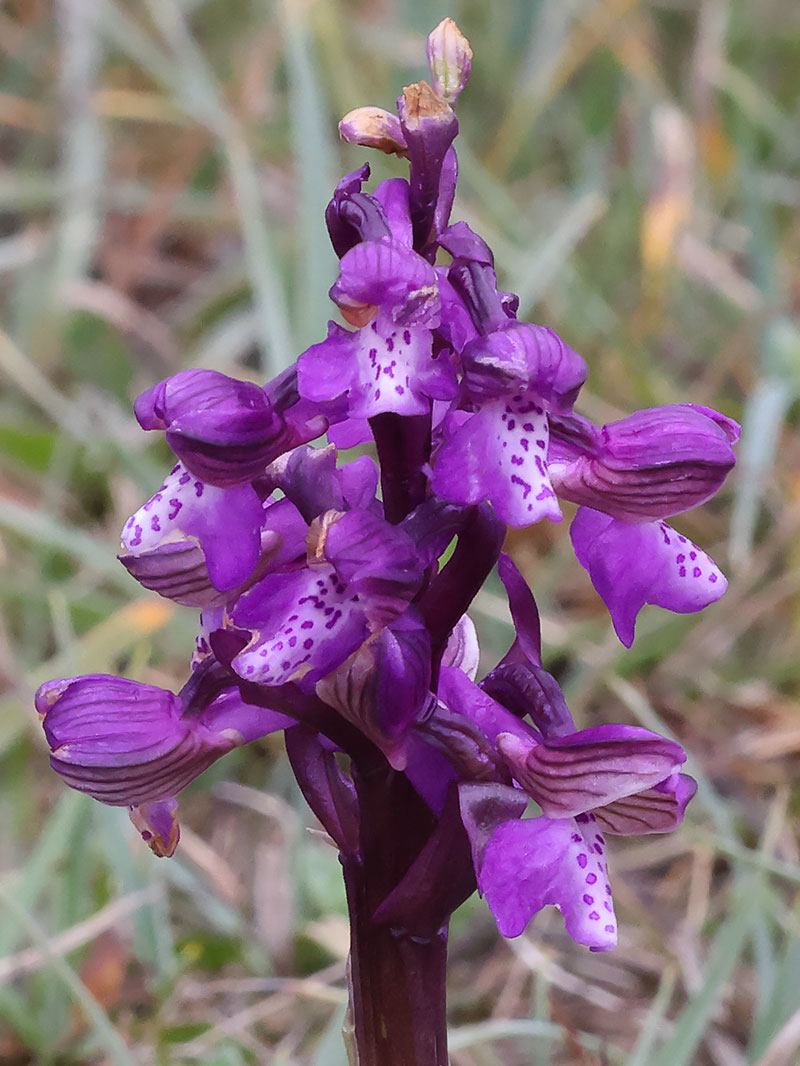
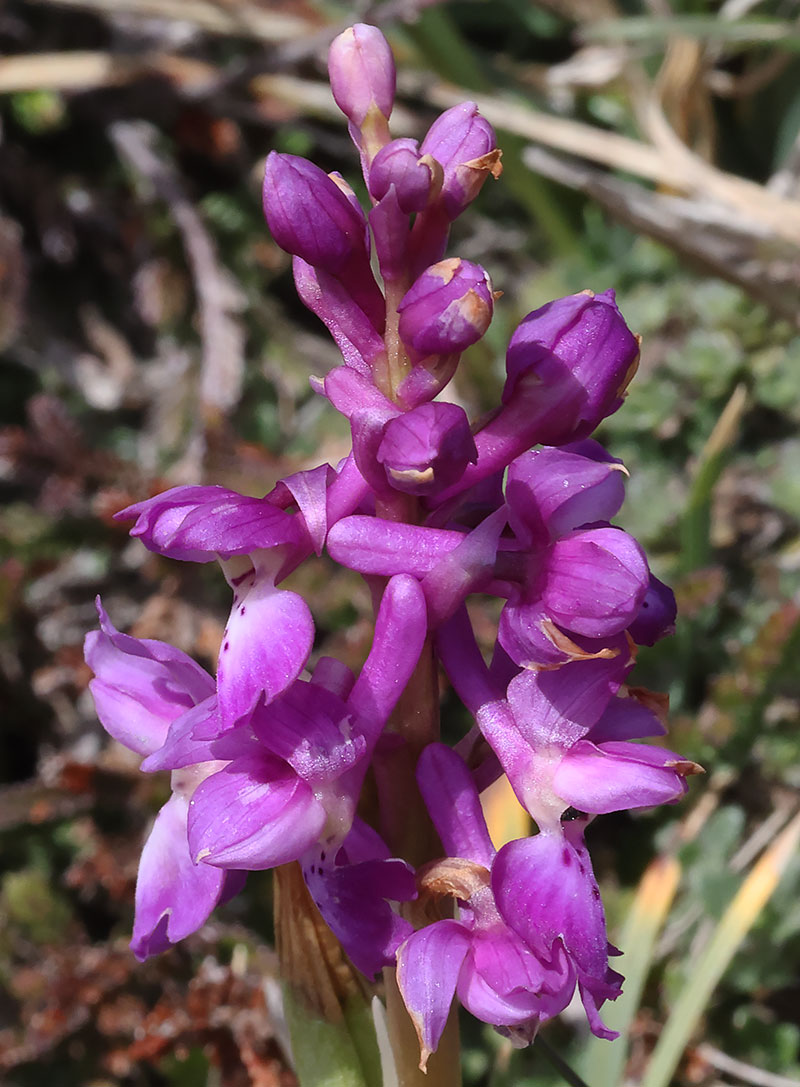
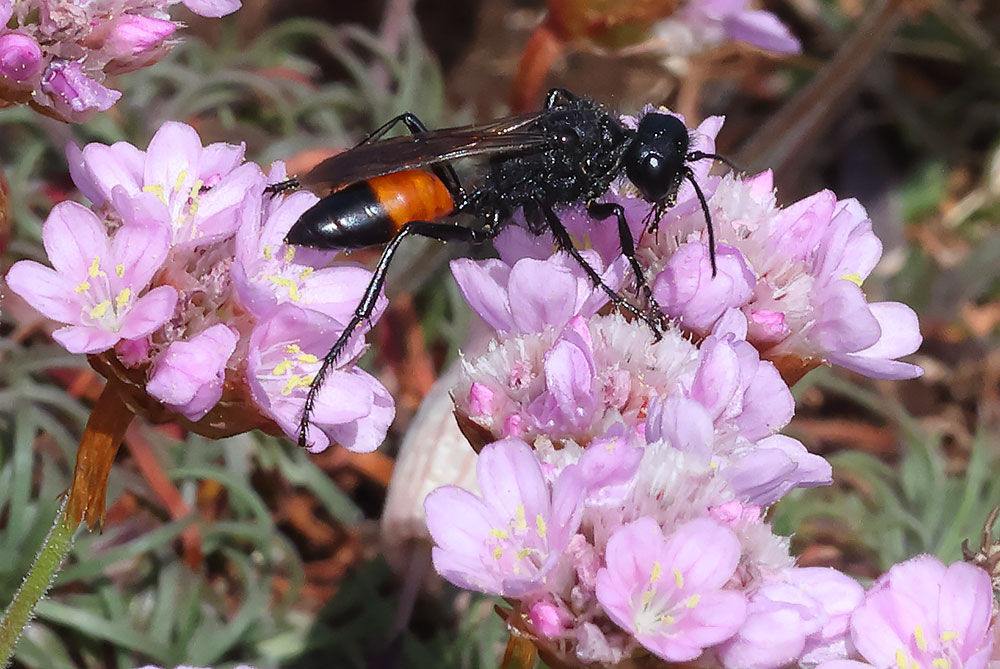
The spring squill on the cost path is stunning at present.
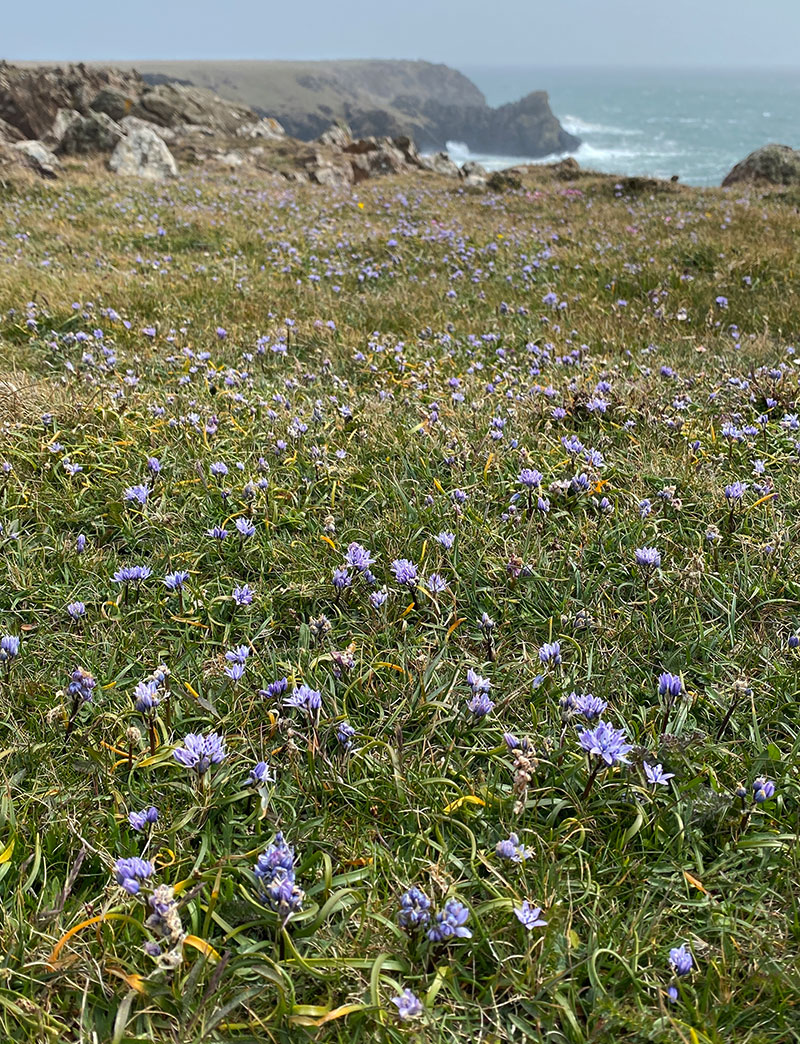
7th. Godrevy to Hell's Mouth. At least 42 grey seals in Mutton Cove. The squill is flowering now. Fulmars at Hell's Mouth, guilllemots and razorbills offshore, and a strong passage of hirundines (mainly swallows).
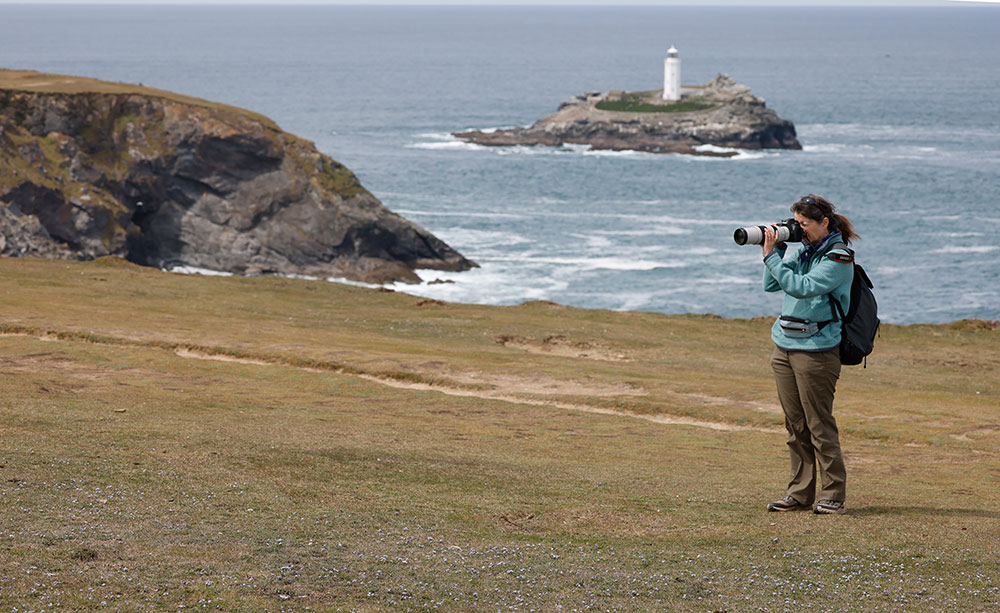
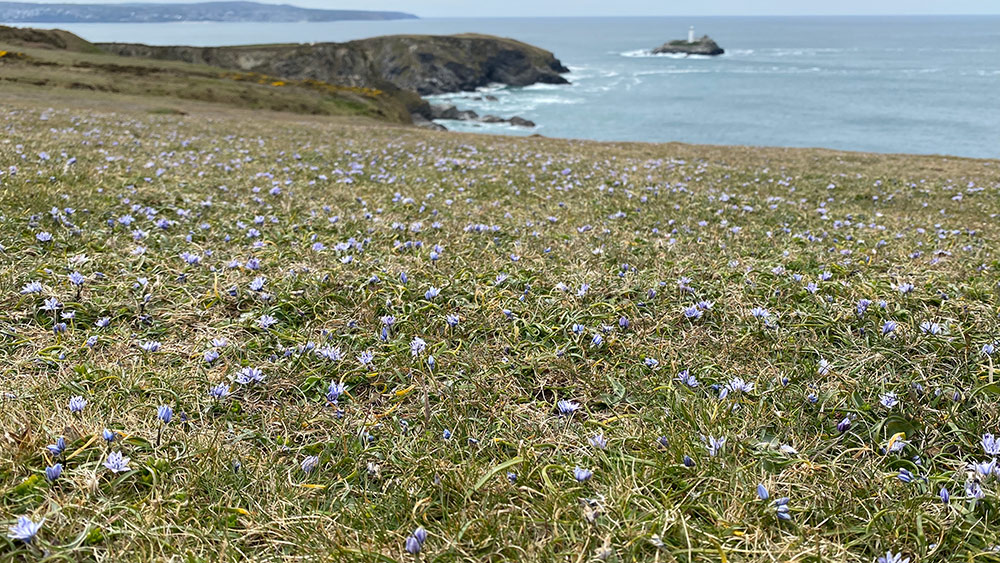
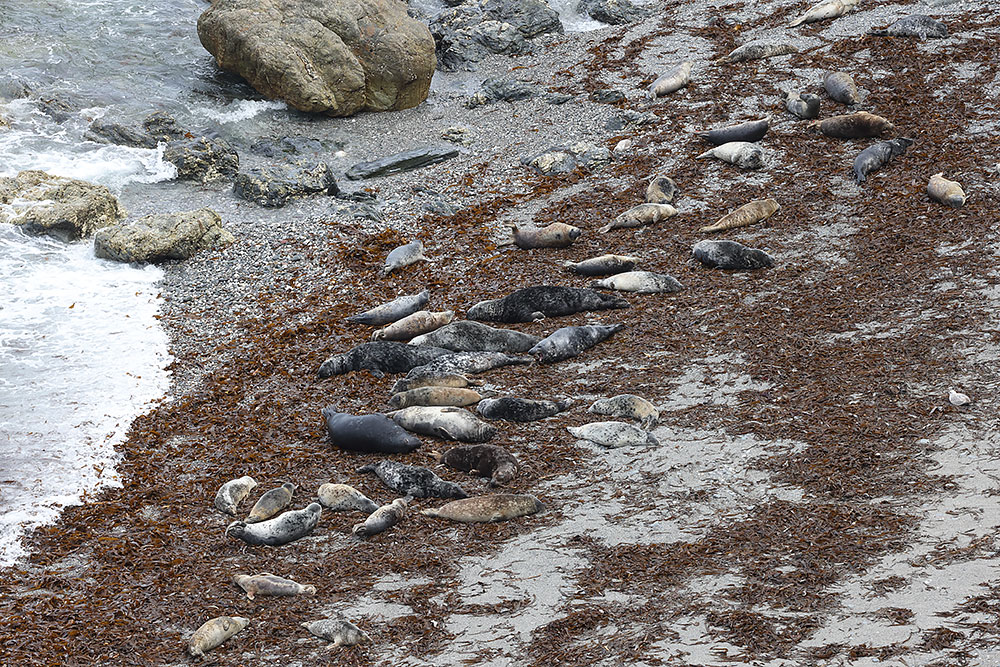
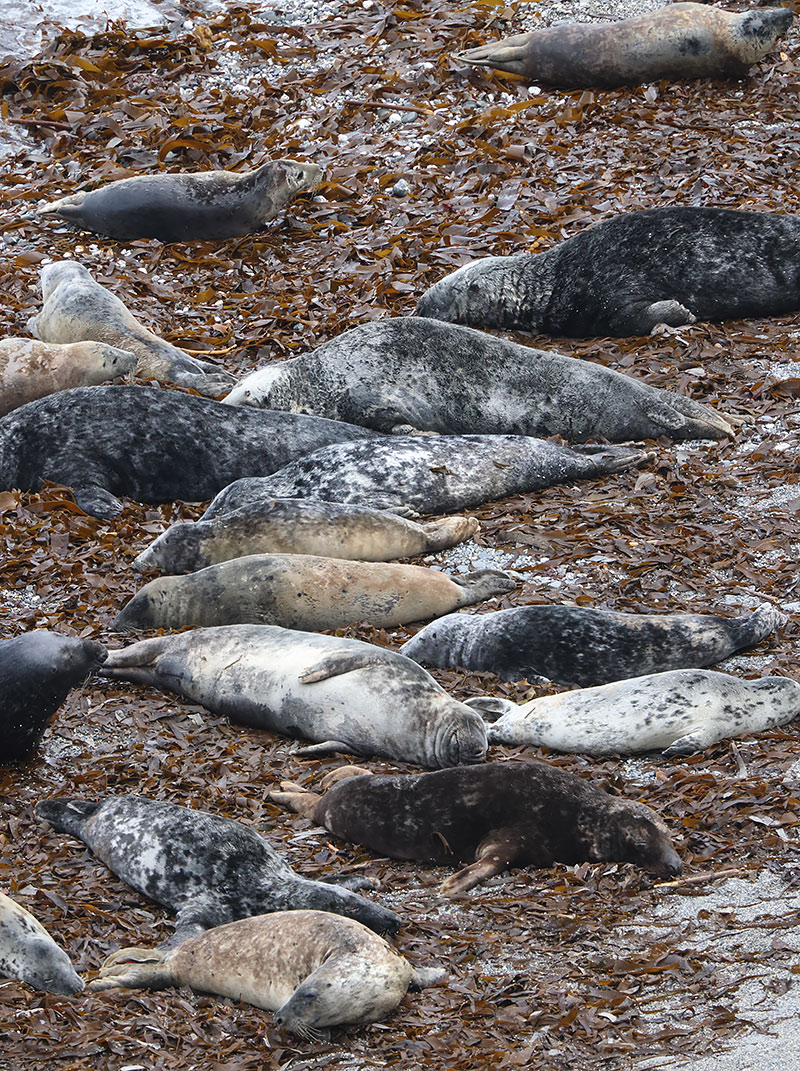
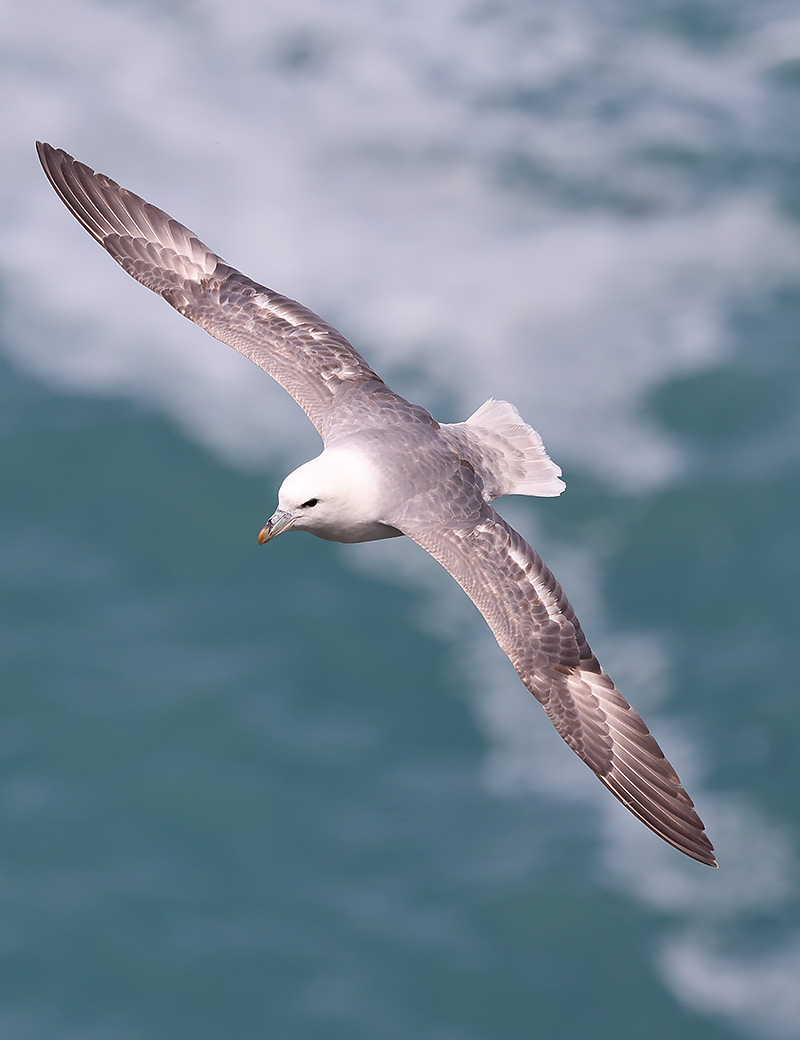
2nd. My first trip into Wales since 2019 - to see the walrus at Tenby. It is a 2-3 year old male that first visited Ireland, and has been at Tenby for 43 days. It is the third to be seen in the UK and Ireland, following earlier records in Ireland and Scotland. Volunteers are helping to stop it being disturbed. It hauls out of the ramp of the lifeboat station. Red kite near Camarthen. Postscript - on 19 May the walrus was seen off Padstow in Cornwall, before arriving at Les Sables d'Olonne south of Nantes in France on 27th! By 7 June it was in Santander, Spain. By late June it appeared in the Isles of Scilly.
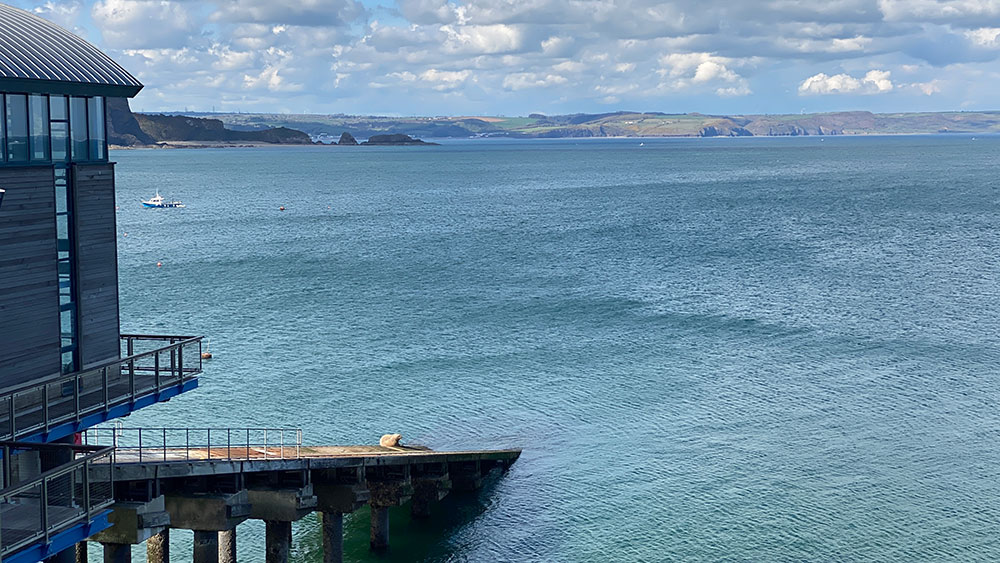
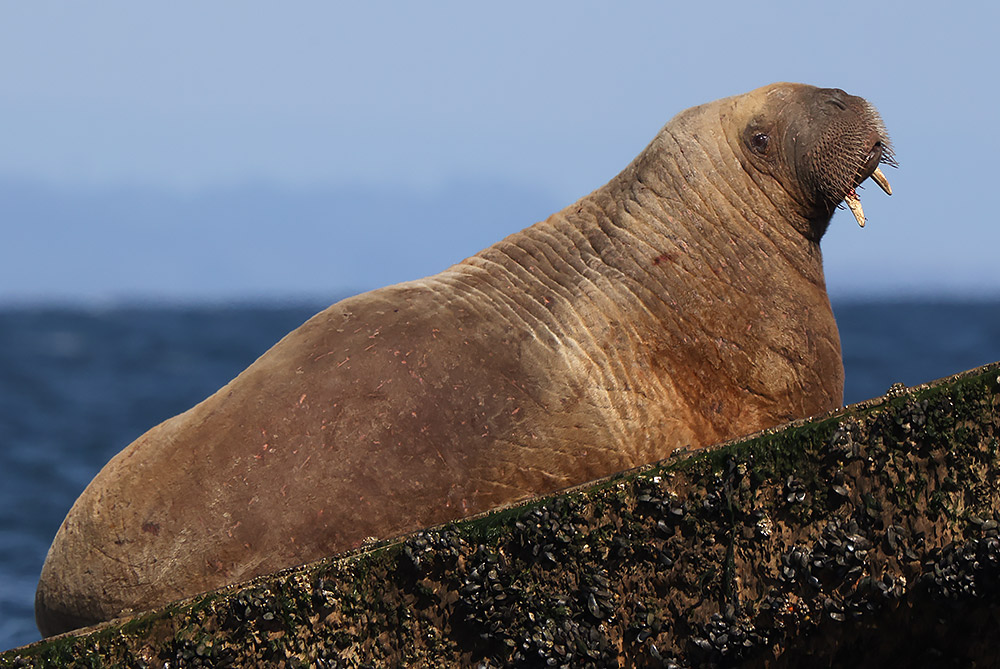
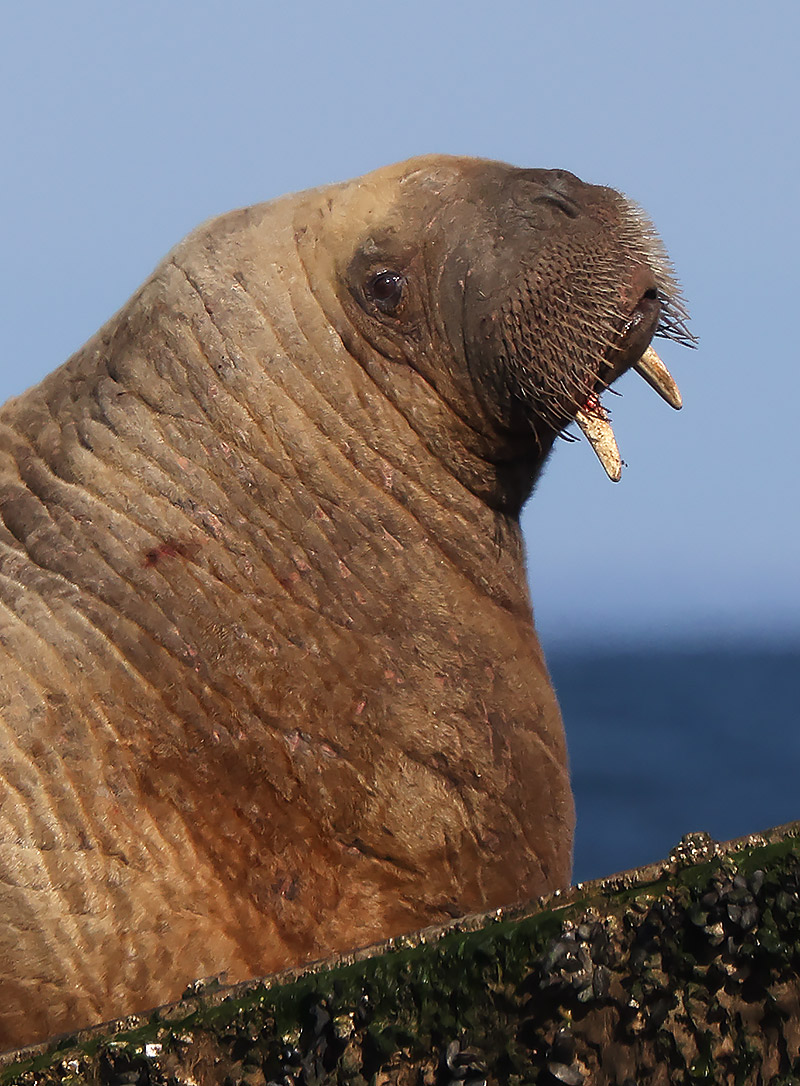
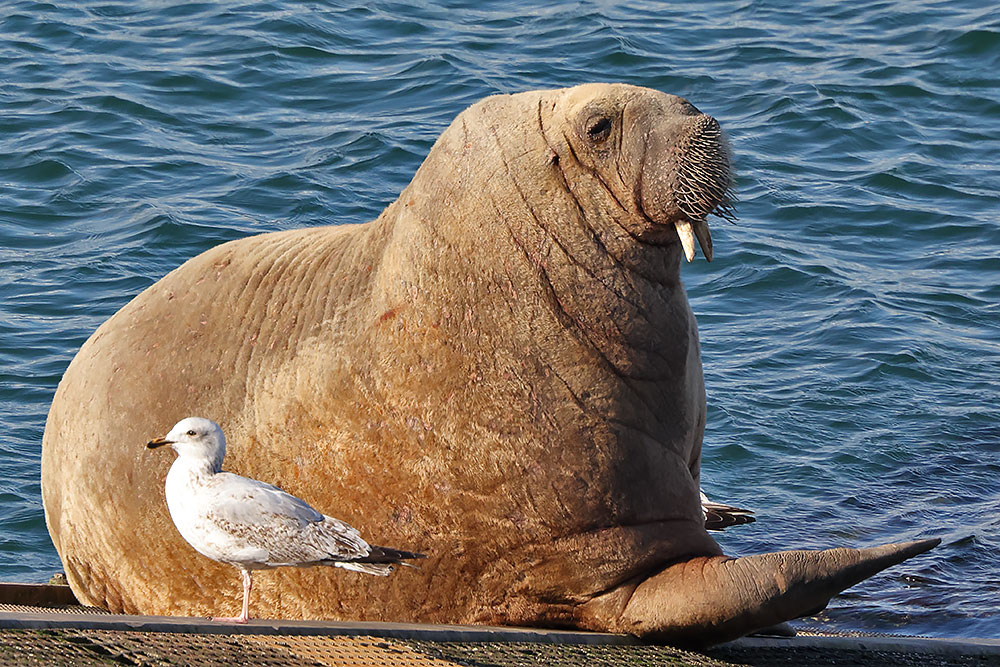
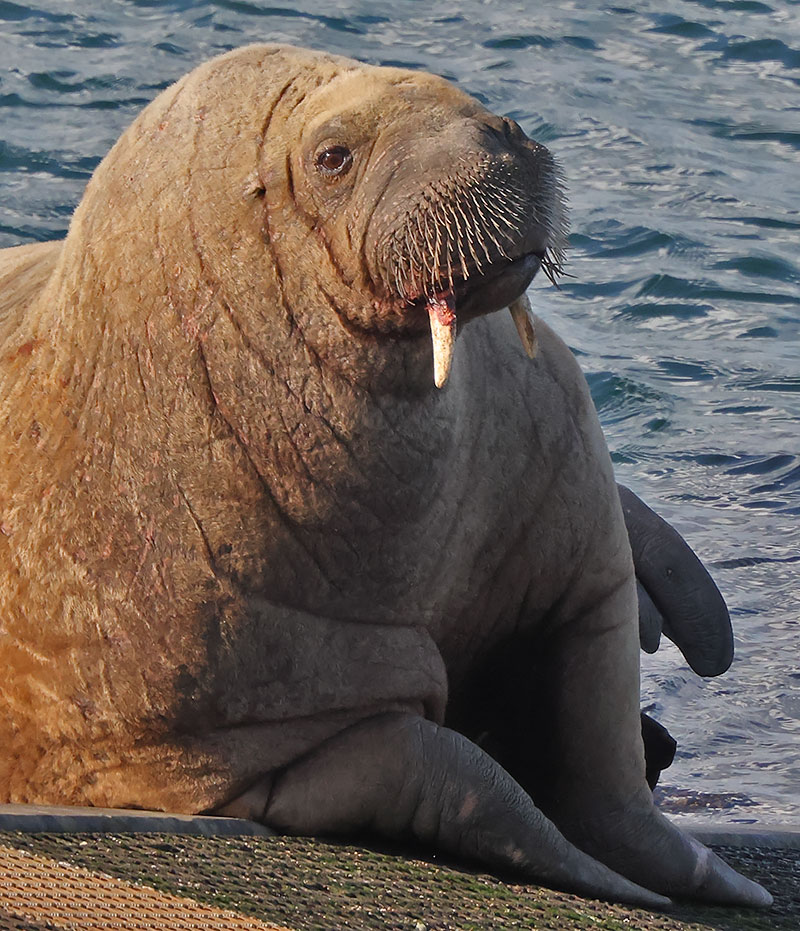
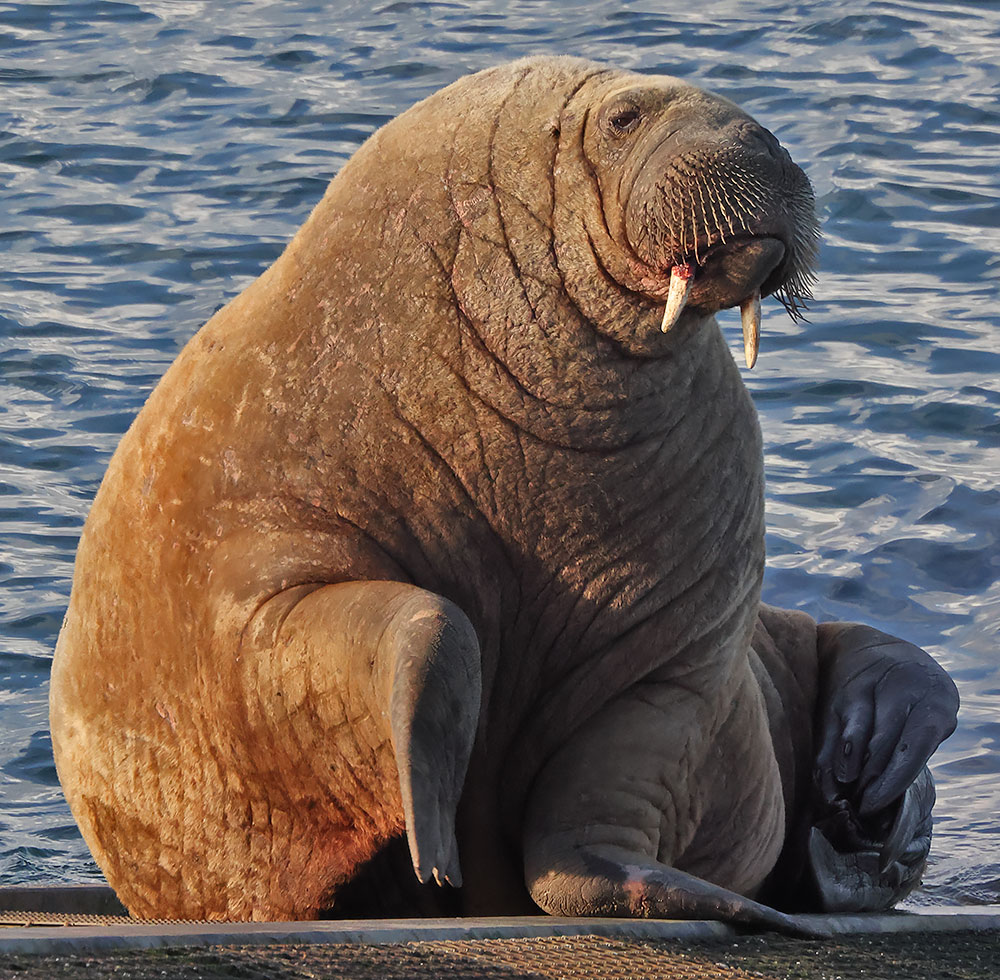
1st. Ham Wall. First swifts, garden warblers, hobby and cuckoo of the year. We saw a family of red foxes too.
Reed warbler and orange tip below.
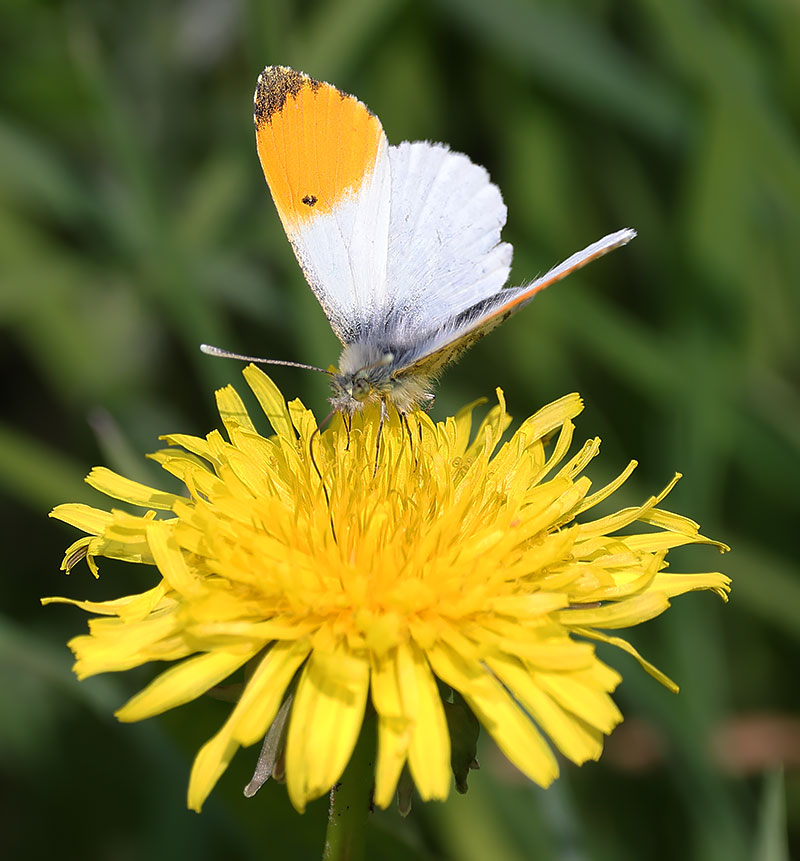
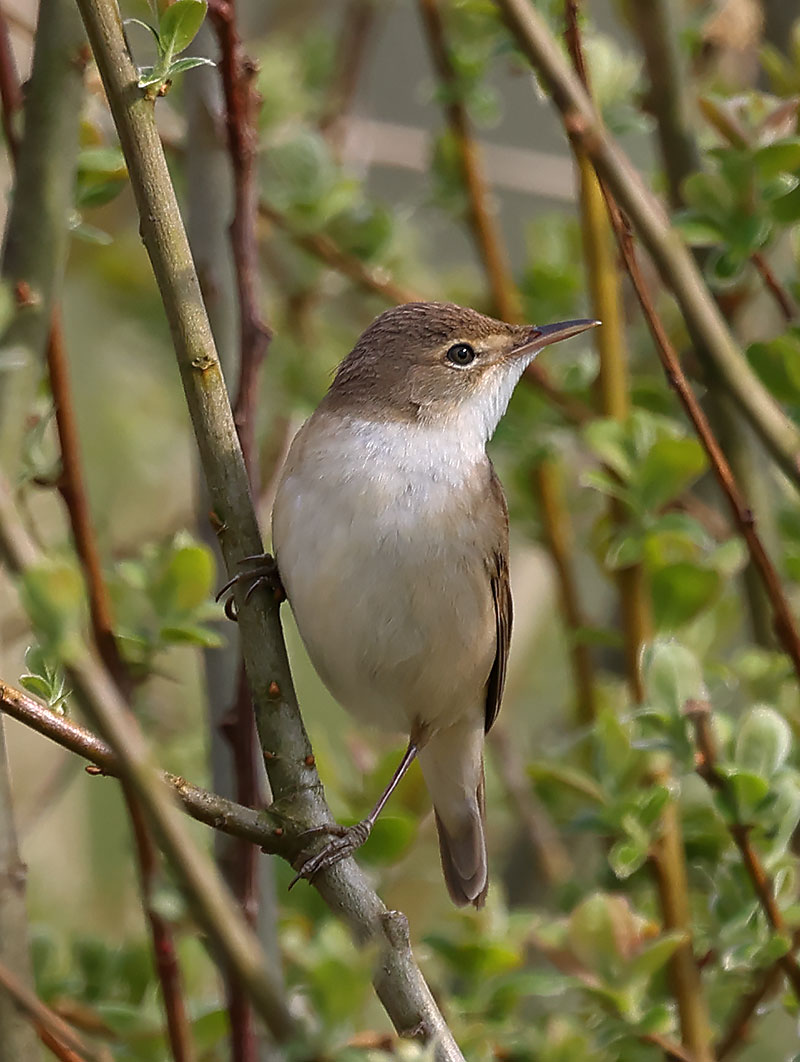
There was a flock of about 60 cattle egrets alongside the road to Tealham Moor.
